|
It’s springtime and everyone is opening up bottles of white, rosé and sparkling wines to celebrate the warm weather and Mother’s Day this weekend! I, on the other hand, opened a bottle of red wine to sate my curiosity and palate! In 2014, I opened one of two bottles of 1997 Estancia Meritage Alexander Valley that I had tucked away in my cellar. It was quite good considering how old it was so I decided to wait a year or two before opening the second bottle. However, I forgot all about the wine until I stumbled upon it today while looking for another wine. I never intended to wait this long before opening it and now I wasn’t sure what I would find after 22 years had passed since the grapes were harvested. Alexander Valley appellation is at the northern end of Sonoma County and is home to many microclimates, but overall a Mediterranean climate dominates the region. Elevations range from 400 to 2500 feet and soils are rocky and diverse. Cabernet Sauvignon and Chardonnay are the most widely planted grapes here, but many other varieties such as Zinfandel, Merlot, Pinot Noir, Riesling and Sauvignon Blanc also grow in this appellation. Estancia Meritage Alexander Valley 1997 is a Bordeaux-style blend of 59% Cabernet Sauvignon, 30% Merlot and 11% Cabernet Franc. The wine is aged in American oak for 20 months, of which 57% is new oak. I was not surprised that the cork decided to crumble when trying to remove it, so I decanted the wine through a strainer. I was happy to see that the wine was a rich garnet color with encouraging fruit aromas as I decanted it. Luscious aromas of dark cherry, black plum, earth and hints of spice greeted me. My palate was treated to a surprising amount of fruit, spice, dried cranberry, fennel and pepper. The wine was silky with a soft but lengthy finish. Wow! This wine may be past its best, but it is still very drinkable and I am impressed! This was quite a treat! The back label has a quote from David Perata, Alexander Valley Vineyard Master. "This Bordeaux-style blend is a sophisticated and elegant expression of the highest quality fruit from the Alexander Valley." Yes, indeed! Alcohol: 13.5% And now on to the rosés and sparkling wines to celebrate Mother’s Day!
Until next time… Cheers! Penina To leave a comment or if you have an inquiry, please contact me at [email protected] This year marks the 65-year anniversary of Playboy, founded by Hugh Hefner in 1953. He was a producer, illustrator, entrepreneur, journalist and editor, but is best known for creating Playboy magazine which he turned into an international venture. He passed away in 2017, leaving me with classic images of “Hef” entertaining at his Playboy mansion, surrounded by Playboy bunnies and always wearing his trademark silk smoking jacket and carrying his pipe. The Playboy logo is a profile of a rabbit wearing a tuxedo bowtie that made its first appearance in the 2nd issue of the magazine. The logo was eventually used to design the official Playboy bunny costume that made its debut in 1960 at the first Playboy Club in Chicago. Today Playboy Enterprises is one of the most recognized consumer brands in the world. It receives most of its revenue from the media division and the licensing of its brand for use in consumer products. In celebration of the 65-year anniversary, Winemaker Lot 18 and Playboy Enterprises, Inc. teamed up to produce the ‘Playboy California Red Wine Blend’, a limited edition available only at Lot 18. And last week, Lot 18 gifted me a bottle. Lot 18 curates, markets and retails fine wine online. Founded in 2010, they strive to cull unique wines that represent the highest quality and value. The label for Playboy California Red Wine Blend features the iconic Playboy Bunny costume, paying homage to Playboy’s ancestry. It is complete with a gold mosaic bodice, ears and bowtie. Try as I might, I was unable to find out who actually made the wine or what grapes were used for its production, other than the fact that the grapes were sourced from California. Playboy California Red Wine Blend is a non-vintage red blend. The color is deep ruby bordering on purple with heady aromas of cherry, plum, raspberry and spice. Dark fruit and pepper are the first sensations on the palate, followed by dark plum, black cherry, blackberry, fennel and a grand finale of pepper, fennel and chocolate that lingers for a lengthy finish. I enjoyed this wine as an aperitif but it will easily pair with grilled meat, stews, hearty fish and an assortment of cheese.
Alcohol: 13.9% Price: $25 The wine is impressive and knowing what grapes were used to make it might make the wine more interesting, but the information won’t make it any less or more palatable. It goes back to my mantra “if you like the wine, that’s all that really matters!” Until next time… Cheers! Penina To leave a comment or if you have an inquiry, please contact me at [email protected] Happy New Year! Many bottles of wine were opened over the holidays, most for tasting purposes, but there were quite a few wines that got my attention. One of the “pours” that had me going back for seconds was a bottle of Cline Family Old Vine Zinfandel. Cline Family Cellars was established in 1982 and is a family owned and operated winery with Fred and Nancy Cline at the helm. Fred learned winemaking from his grandfather and it was in 1982 that he produced his first vintage in Oakley, CA. In 1989, Nancy and Fred purchased a 350-acre horse ranch in Carneros and developed it into a wine vineyard. They moved the winery to Sonoma County. Their vineyards are located in Oakley (Contra Costa), which is home to some of the oldest grapevines in California, in Carneros their estate vineyards and in Sonoma Coast also known as Petaluma Gap. Each vineyard location has its own distinct climate and soil that dictates the types of grapes grown and the overall expression of the wine produced. Cline Family Cellars practices sustainable farming using such practices as hand hoeing and bringing in sheep and goats to eat the weeds. “We make every effort to reduce soil erosion and other harmful ecological footprints. Our self-nourishing system of minimal human intervention yields excellent quality crops.” Lodi is home to the oldest Zinfandel vines in California. Some of these ancient vines are over 100 years old. There are seven district AVAs within Lodi. The grapes used for the Cline Old Vine Zinfandel 2016 wine were harvested almost entirely from the Mokelumne River AVA. Vineyards include the Fowler Ranch dating back to 1942, Hubert and Harney vineyards planted in 1962 and the Alpine vineyard planted in 1968, making some of the vines used for this wine over 70 years old. Why use old vines? Old vines have roots that are deeper and stronger, allowing the vine to benefit from a larger selection of nutrients and minerals. Also, older vines produce fewer grapes, so there is more focus and concentration on the low yield grapes on the vine. The result is a richer and more expressive wine. The Old Vine Zinfandel 2016 is 100% Zinfandel. The wine was aged for 8 months in 35% new French oak. The color is dark ruby with aromas of cherry, red currant, strawberry and spice. The palate offers dark cherry, raspberry and plum with traces of pepper, vanilla and coffee. The wine is full-bodied with velvety tannins and a long finish with just the right amount of jamminess. This wine will pair well with most hearty recipes of meat, poultry and fish. If leaning towards fish, choose a dense one such as tuna, swordfish and shrimp. Tangy sauces and robust pasta will also pair well with the wine.
Alcohol: 14% SRP: $10.99 To quote Nancy Cline, “Our success is based on coming up with a product of high quality and still maintaining value, allowing everyone to enjoy it”. Not only is this wine impressive, but the affordable price is as well! Until next time… Cheers! Penina To leave a comment or if you have an inquiry, please contact me at [email protected] It was a very untraditional Thanksgiving this year. Family and friends gathered at my home for a non-turkey feast. We dined on Spinach Lasagna, Chicken Parmesan, Avocado, Bean & Corn salad, Cornbread Custard and Spinach & Arugula salad. An array of wines was opened including Carmenere, Rosé, Pinot Noir and Chardonnay. And don’t even get me started on the desserts! I think we were all pretty well sated by the end of the day. Although all the wines were good, I particularly enjoyed the 2016 Hahn Pinot Noir from the Monterey County appellation. This is a versatile wine and it paired well with all the styles of food on the table. Hahn Family Wines is located in the Santa Lucia Highlands of California. Nicky Hahn and his wife Gaby made their first purchase of land in 1979 and Nicky released his first vintage of wine in 1980. They continued to make land purchases through 1992. They have four estate vineyards in the Santa Lucia Highlands and two vineyards in the Arroyo Seco AVA of Monterey County. Hahn practices sustainability from the grape growing to the winemaking. Sadly, Nicky passed away in March of 2018 at the age of 81. His legacy lives on through his son, Philip Hahn, Chairman of Hahn Family Wines and his daughter Caroline Hahn. 2016 Hahn Pinot Noir is 100% Pinot Noir. The grapes come from the Arroyo Seco appellation of Monterey County. The cool winds coming from the Monterey Bay allow for gradual ripening and development of rich flavors. The wine is aged for 8 months in 40% new French oak. The color is ruby with intense aromas of red cherry, strawberry, roses, pepper and hints of cedar. The palate offers layers of black cherry, plum, cranberries, vanilla and a hint of kirsch. It is beautifully balanced with smooth tannins and a soft finish. Alcohol: 14.5% SRP: $15 An interesting note about the label…Nicky Hahn’s native language is German. “Hahn” translated from German means rooster, which is why an illustration of the bird is seen on every bottle produced by the winery. Until next time…
Cheers! Penina To leave a comment or if you have an inquiry, please contact me at [email protected] Yes, it’s damp and chilly and time for some soup and Cabernet! My last post took us to Argentina where I introduced some expressive Cabernet Sauvignons. So now we’re off to California where Cabernet Sauvignon is the most widely planted red grape variety in this state. Let’s zoom in on Sonoma County which stretches from the Pacific Coast to the Mayacamas Mountains in the east and is adjacent to Napa Valley. There are seventeen appellations and approximately 60,000 acres of vineyards in Sonoma with over sixty grape varieties grown here. The climate and geography are diverse and can change from one appellation to the next. Rodney Strong Vineyards is located in Healdsburg, Sonoma County and is named after Rod Strong, an American dancer who over 55 years ago, decided to pursue his lifelong passion, winemaking. In 1989, the Klein family, fourth generation California farmers, purchased the winery. Today, the Klein family produces critically acclaimed Single Vineyard and Reserve wines including impressive Estate releases and best-in-class Sonoma County varietal wines. Rodney Strong practices sustainability in the vineyards and winery. In 2010 they were awarded certification by the California Sustainable Winegrower’s Alliance. They have fourteen estate vineyards in seven appellations throughout Sonoma, each vineyard with its own distinctive climate and geography, characteristics that are expressed in the finished wine. Rodney Strong produces a wide range of styles and varietals. For their complete selection, please visit https://www.rodneystrong.com This story will only be covering the Sonoma County Cabernet Sauvignon. Rodney Strong Cabernet Sauvignon made the perfect pairing for my vegetable and bean soup. In the past, I’ve poured a range of varietals to serve with my soup. However, with this particular batch of soup, I added a secret ingredient to spice things up. And, the wine was a great match! Rodney Strong Sonoma County Cabernet Sauvignon 2014 is 100% Cabernet Sauvignon. The grapes were harvested from three Cabernet vineyards located in Jimtown, Geyserville and all the way north to Cloverdale. The wine was blended and aged for fifteen months in 75% American oak and 15% French oak barrels. The color of the wine is dark ruby with tantalizing aromas of dark cherry, spice, plum, dark berry and hints of floral. The palate is layered with rich dark fruit, dark plum, black cherry, spice and hints of sour cherry, pepper and light oak on a long finish. Tannins are mellow and the wine is beautifully balanced. It will pair well with cheese, stews and hearty entrees and of course, soup! Alcohol: 13.5% SRP: $20 (assuming you can still find this vintage) It’s hard to believe that Thanksgiving is next week! What will you be drinking?
Until next time… Cheers! Penina To leave a comment or if you have an inquiry, please contact me at [email protected] For those of you who may not know, my education and passion for wine and spirits began in 1980 when I became part of three very successful family-owned restaurants in NYC. Over the years we have collected many wines from around the world and I recently had the good fortune to be gifted a few cases. Among the treasure trove I inherited was a box of Far Niente Napa Valley Cabernet Sauvignon. The vintages include 1983, 1986, 1987, 1988, 1989 and 1990. About four years ago I opened a bottle of the 1983 vintage that had been tucked away in my wine cellar since 1990. It was superb! So, I was very excited about opening my new acquisitions, especially another 1983 vintage! A friend suggested I do a vertical tasting of the wines, but I didn’t have the heart to open all the bottles at once. I want to take my sweet time and slowly savor each bottle. John Benson, a forty-niner of the California gold rush, founded Far Niente Winery in 1885 that is situated in western Oakville, Napa Valley. Far Niente fell victim to Prohibition in 1919 and soon was abandoned. In 1979, Gil Nickel purchased the vineyard and winery. The property took three years of restoration, but the hard work led to placement on the National Register of Historical Places. In 1982, the winery’s first Cabernet Sauvignon and Chardonnay were harvested, and to this day only these two varietal are produced at this winery. The Cabernet Sauvignon grapes are grown in the Martin Stelling Vineyard located behind the winery, encompassing 57 acres. With a moderately warm climate and gravelly loam soil, the stage is set for producing complex, richly textured and fruit forward wines. It was a difficult decision, but I finally opted to begin the exploration of the Far Niente Cabernet Sauvignons with the 1990 vintage. Far Niente 1990 Estate Bottled Cabernet Sauvignon In addition to Cabernet Sauvignon, the wine is also blended with Cabernet Franc and Merlot. The blend was aged in 100% new Bordeaux French Oak barrels for twenty months. The cork crumbled when trying to remove it from the bottle, but the wine showed a beautiful color of deep red as it was decanted. Our first swirl and sip put a smile on our faces. We patiently allowed the wine to open up and were then rewarded with an outstanding wine! The aromas were a heady mixture of berries, dark cherry and hints of spice and toast. The palate was layered with dark berries, pomegranate, anise and spice. A velvety mouth-feel, soft tannins and rich texture added to the complexity of the wine, proving once again that Far Niente creates age-worthy wines. I can’t wait to open more vintages!
Until next time… Cheers! Penina To leave a comment or if you have an inquiry, please contact me at [email protected] With autumn fast approaching, my attention is turning to a more focused look at red wines and a heartier dining menu. However, as I’ve said many times before, I do enjoy white, rosé and sparkling wines all year long! Donald Hess is the founder of Hess Wines, a family-owned, fifth-generation company in Napa Valley, CA. In the 1970s, Donald made a business trip to Napa Valley and it was during this visit that he took an interest in mountain winegrowing. He learned that the Mount Veeder mountain vineyards were an ideal area for growing grapes which produce unique character and flavor due to the microclimate and soils. In 1978 Donald made his first land purchase on Mount Veeder, a property in which winemaking and farming go back as far as 1876. This property is now the site of the Hess Collection Winery. By 1982, Donald had acquired 900 acres and in 1986 he opened the Hess Collection Winery to the public. Dave Guffy became Director of Winemaking in 1999 and Donald formally retired in 2011, passing on the baton to Timothy Persson as CEO and fifth generation of the Hess family. Hess Wines focuses on sustainable practices in the vineyard and winery. In addition to its mountain vineyards, Hess Wines has estate vineyards in areas such as Pope Valley and near the Carneros region of the Napa Valley. Hess Wines also produces wine in Argentina and South Africa. I recently received two bottles of Hess Select wines, made from grapes grown in the Central and North Coast of California. Hess Select Central Coast Pinot Noir 2016 is 100% Pinot Noir from the Santa Lucia Highlands region of the Central Coast. The wine is aged in neutral French oak, up to 12 months. The color is ruby with enticing aromas of sweet spice, cherry and strawberry. The palate is layered with red cherry, yellow plum, strawberry, pomegranate and allspice and finishes with a touch of pepper and vanilla. Smooth tannins and nice acidity make this a great wine to pair with fish, white meat, cheese and light pasta. Alcohol: 14% SRP: $20 Hess Select North Coast Cabernet Sauvignon 2015 is a blend of 79% Cabernet Sauvignon, 11% Petite Sirah, 4% Malbec, 2% Syrah, 2% Merlot and 2% Zinfandel. The grapes are harvested from the North Coast known for its mild Mediterranean climate and well-drained volcanic and gravelly soils. The wines are aged in 35% new French and American oak for 18 months. The wine color is dark ruby with juicy aromas of cherry, blackberry, spice and cocoa. The palate offers rich jammy flavors of dark cherry, plum, blackberry, spice and a touch of anise, vanilla and toast on the finish. This is a smooth and beautifully balanced wine. Pair with meats, stew, hearty soups, grilled veggies and an array of cheeses. Alcohol: 13.5% SRP: $19 Hess Wines has a wide range of wines to choose from. Visit their website for more information. https://www.hesscollection.com
Happy Wine Wednesday! Cheers! Penina To leave a comment or if you have an inquiry, please contact me at [email protected] The Herzog family is no stranger to the wine world. Their winemaking origins date back almost a century ago in Slovakia with Philip Herzog who produced wine for the Austro-Hungarian court. Emperor Franz-Joseph was so impressed with the wines he gave Philip the title of Baron Philip Herzog. World War II changed everything for the Herzog family. Philip’s grandson Eugene had to hide the family from the Nazis until the end of the war. Unfortunately, three years later the new Czech communist regime forced the Herzog family to leave their home once again. They abandoned most of their worldly possessions including their royal status and came to America in 1948. Eugene, his wife, six children and two war orphans settled in the Williamsburg section of Brooklyn, NY. Eugene found a job at a small kosher winery where he made sweet wines from Concord grapes. Eugene was compensated for a portion of his work in company shares that were essentially worthless. However, in 1958 all the other shareholders gave up their shares, leaving Eugene and his sons the business. As a tribute to his grandfather Philip, they called it Royal Wines. The Herzog family expanded their business in 1985, taking the winemaking operations to California. After 20 years of renting space at other wineries, the family built and now owns a state-of-the-art winery south of Santa Barbara in the town of Oxnard. Joe Hurliman is the head winemaker and oversees the high-end production of kosher winemaking while maintaining tradition. They have two labels: Baron Herzog and Herzog Wine Cellars and they have quite an impressive portfolio of wines. I recently received a sample of 2017 Herzog Lineage Sauvignon Blanc Musque Clone, Lake County. The wine is 100% Sauvignon Blanc. The Musqué clone is a rare type of Sauvignon Blanc grape that originated in Bordeaux. Most of the vineyards in Lake County are planted above 1500 feet and are influenced by Clear Lake, the largest inland body of water in California. The air is pure and clean and grapes benefit from ideal climate conditions with rich and varied soils. The color of the wine is pale yellow with notes of floral, citrus and sweet melon on the nose. The palate offers a creamy mouth-feel with bright acidity, honeysuckle, juicy pear and hints of minerality and lime zest on the finish. This is a very refreshing and easy wine to drink. It will pair well with light pasta dishes, cheese and most seafood. Alcohol: 14% SRP: $19.99 I served the wine with crusted baked salmon and roasted vegetables. It was a perfect match! Until next time…
Cheers! Penina To leave a comment or if you have an inquiry, please contact me at [email protected] “Oh the weather outside is frightful But the fire is so delightful And since we've no place to go Let it snow! Let it snow! Let it snow!” From “Let It Snow” Songwriters: Jule Styne / Sammy Cahn With unbearable temperatures outside this weekend, it was a good time to focus on a few indoor projects that I’ve been putting off for way too long. As much as I wanted to go snowshoeing, the high winds and below 0-degree temps held me back. I braved the elements only once so that I could buy a few ingredients for Tomato Lentil soup that I was making for guests who were far braver than I am and didn’t mind venturing out in the cold and windy evening. Although I had planned to open a Carmenere from Chile to serve with the soup, one of my guests brought a few bottles of Josh Cellars Cabernet Sauvignon for us to drink. So I decided to open the Cabernet first. Cabernet Sauvignon is grown worldwide and the characteristics of the wine vary depending on the climate and soil of the region, among other factors. California has many wine regions ranging from Northern California to Napa Valley that are well suited for Cabernet Sauvignon production. In fact, according to California Agricultural Statistics Service for 2016, Napa had the most Cabernet Sauvignon acreage planted of all the counties, 20,759 acres. Joseph Carr formed his own wine company in Napa Valley after spending a decade as a world-class sommelier and another decade as a wine industry executive. His dream was to have his own family-owned winery and so in 2005 he began making wines under the label ‘Joseph Carr’. In 2007 Carr launched Josh Cellars as a tribute to his dad, Josh, who inspired and influenced the man Carr is today. “Every bottle of Josh Cellars wine produced honors and acknowledges his father”. Grapes for the Josh Cellar wines are sourced from top California winegrowing regions to create wines with character and complexity. The 2015 Josh Cellars North Coast Cabernet Sauvignon is a blend of 83% Cabernet Sauvignon and 17% Merlot dominant blend. This is a full-bodied wine with aromas of dark fruit, oak, spice and currant. The palate offers a silky mouthfeel with dark cherry, blackberry, plum, spice, vanilla and pepper. It was a long finish of pepper with hints of oak. Outstanding price for the product! Alcohol: 13.5% SRP: $15 The Tomato Lentil soup is hearty, packed with protein and quite filling! It’s perfect for a cold night. In addition to onions, carrots and celery, I added a blend of herbs, a little dry white wine and lots of love! The soup takes about three hours to cook, but is well worth it. The wine paired well with the soup and didn’t compete with all the subtle flavors the soup had to offer. We eventually moved on to taste the Carmenere, but that will be the topic of another post.
When I left my house this morning, it was a chilling -6 degrees! I think that a glass of wine and a bowl of soup are on the menu for later today! If you celebrated Thanksgiving, I hope that it was wonderful. My table was graced with family, friends, too much food and some lovely wines. These were the most popular wines of the evening. The 2013 Laetitia Estate Pinot Noir is from the Arroyo Grande Valley, Central Coast, CA. Laetitia Vineyard & Winery is located in Southern San Luis Obispo County and is comprised of over 600 acres of vines. The first grape plantings were established in 1982 by French viticulturists from Epernay, France. In 1998, Selim Zilkha, owner of a wind power development company, bought the Laetitia property. With the expertise of Head Winemaker Eric Hickey and Vice President of Vineyard Operations, Lino Bozzano, they produce high quality wines with an emphasis on sustainability. Although the estate is widely known for their Méthode Champenoise sparkling wines, the Pinot Noir is an attention getter. The Laetitia Estate Pinot Noir is impressive. The color is cherry red with delicious aromas of raspberry, cherry, floral and spice. The palate is layered with soft fruit, cherry, pomegranate, spice, cocoa and hints of oak. It paired well with the turkey and a variety of side dishes. In fact, I enjoyed sipping it with a decadent ganache filled chocolate cake. This wine was truly good to the last drop! Alcohol: 13.9% SRP: $25 Hands down, Donnafugata’s 2016 SurSur won the hearts of the white wine drinkers. SurSur is made with 100% Grillo grapes, an ancient indigenous variety from Sicily. These grapes were harvested from Donnafugata’s Contessa Entellina Estate Vineyard located in the Southwestern part of Sicily. I have tasted and reviewed the 2014 and 2015 SurSur vintages. By clicking “Donnafugata” on the menu found on the right side of this page, you will find many stories, history and wine reviews for Donnafugata. The 2016 SurSur is pale yellow with playful aromas of citrus, pineapple, floral and tropical fruit. The palate offers a nice balance between citrus and light stone fruit and moderate acidity with a nice dose of minerality. This is a bright and refreshing wine with just the right amount of dryness on the finish that made it compatible to our Thanksgiving feast! Alcohol: 12.5% SRP: $20 Both wines are available in the USA and abroad. Until next time…
|
Categories
All
|

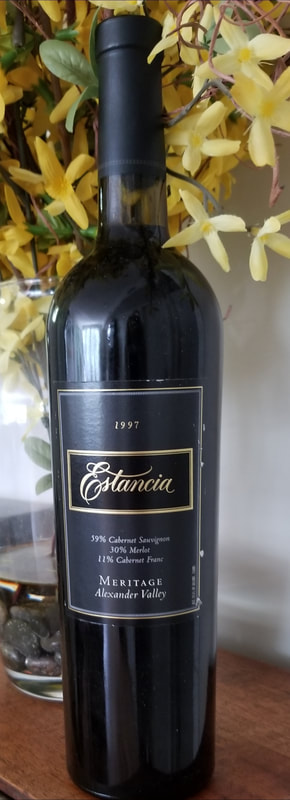
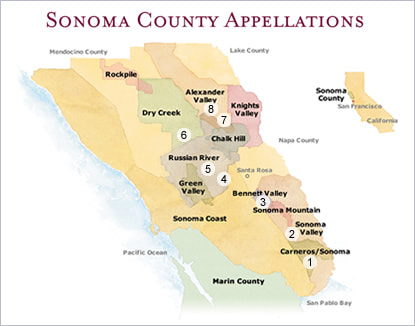
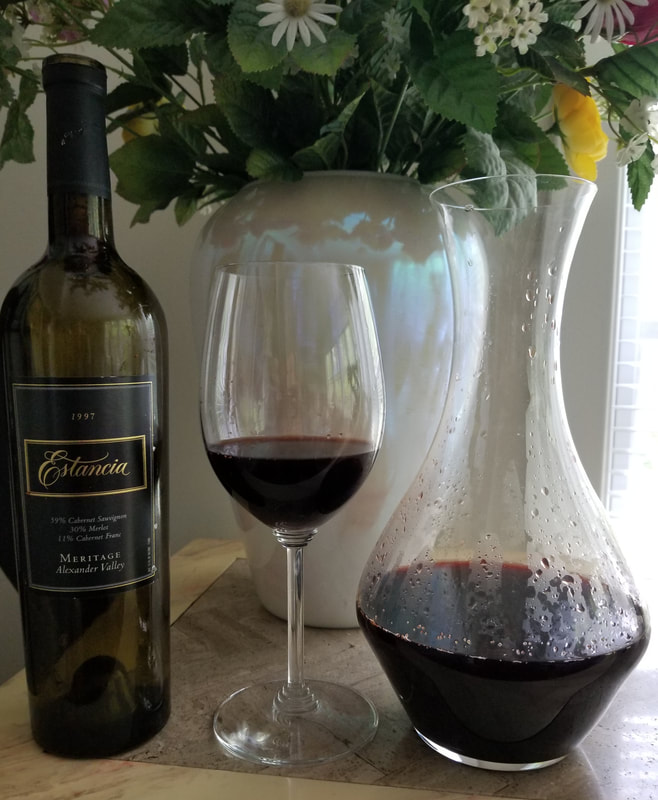
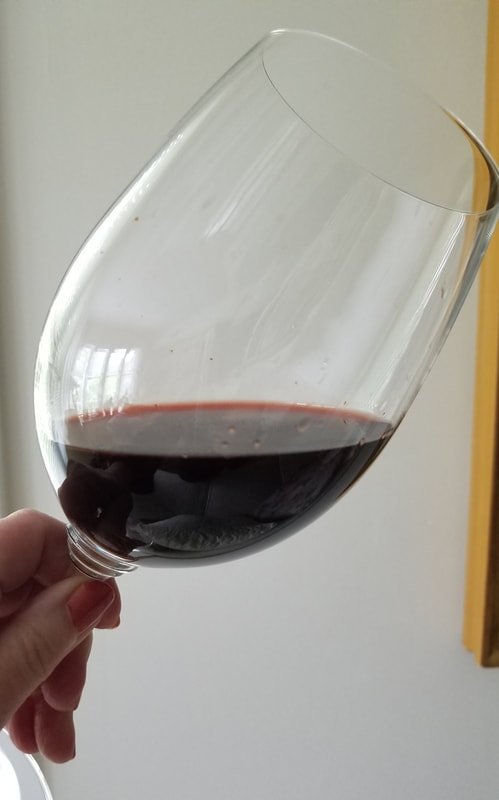
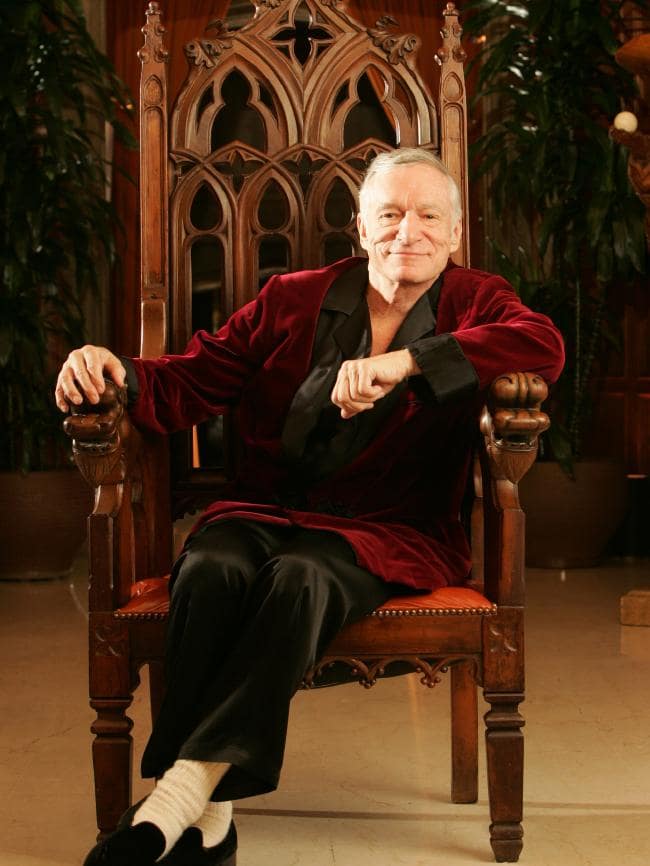
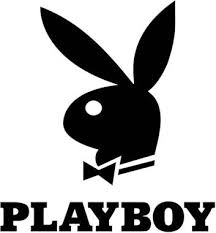

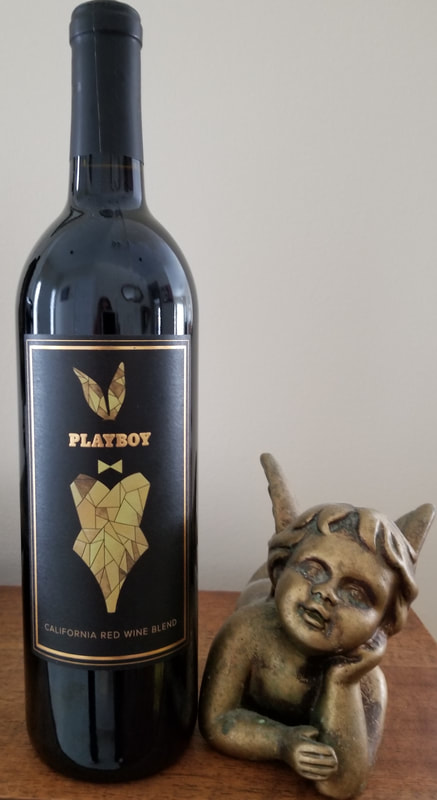
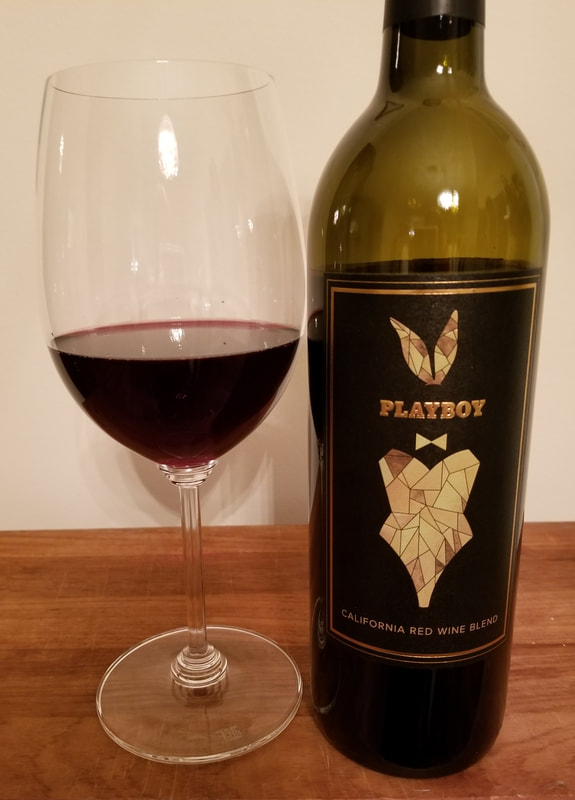
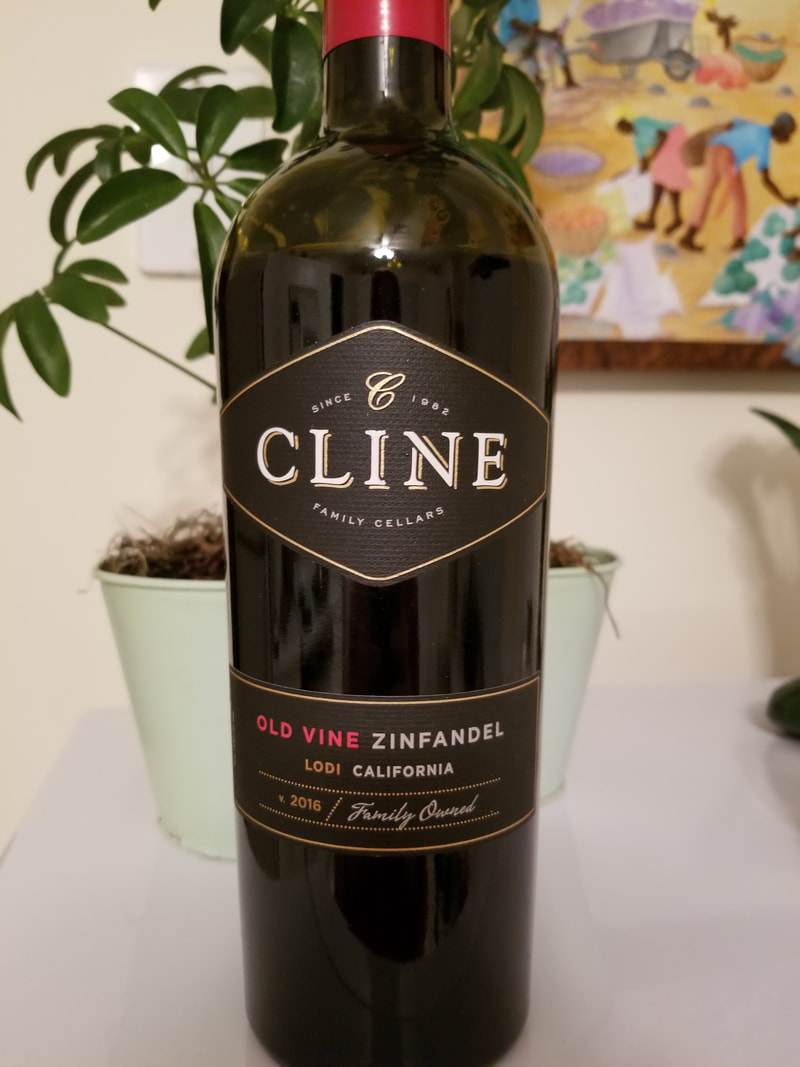
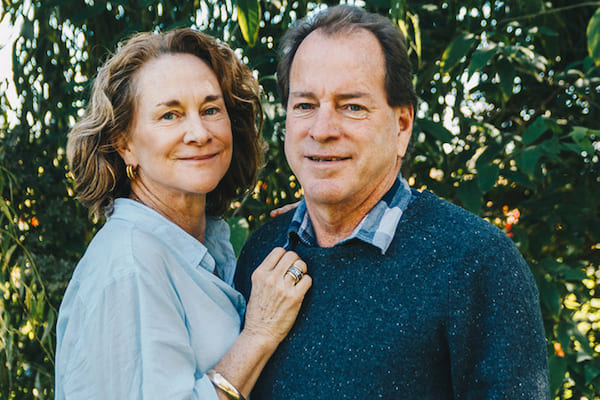
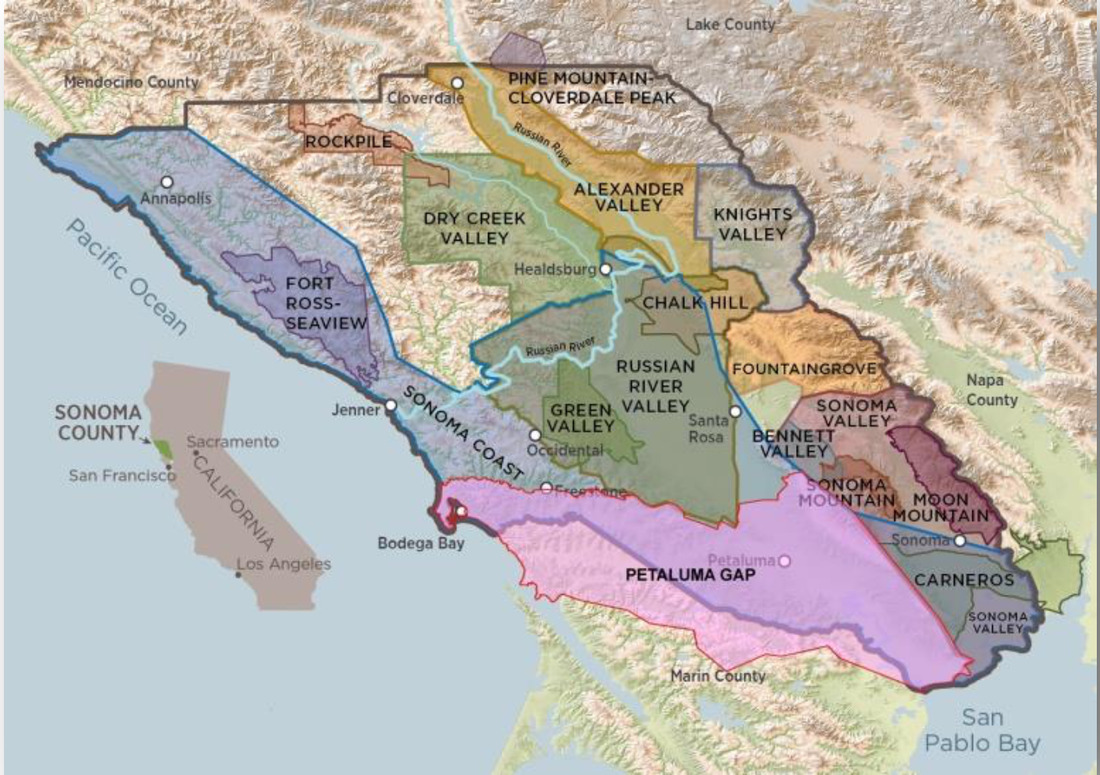
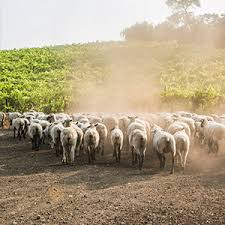
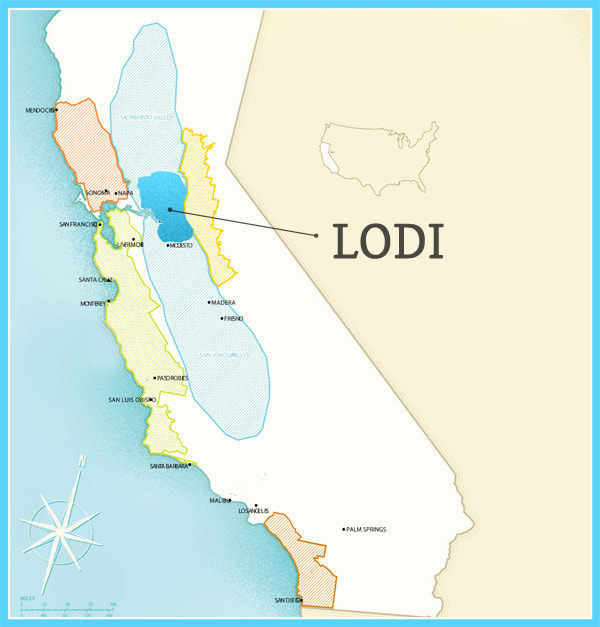
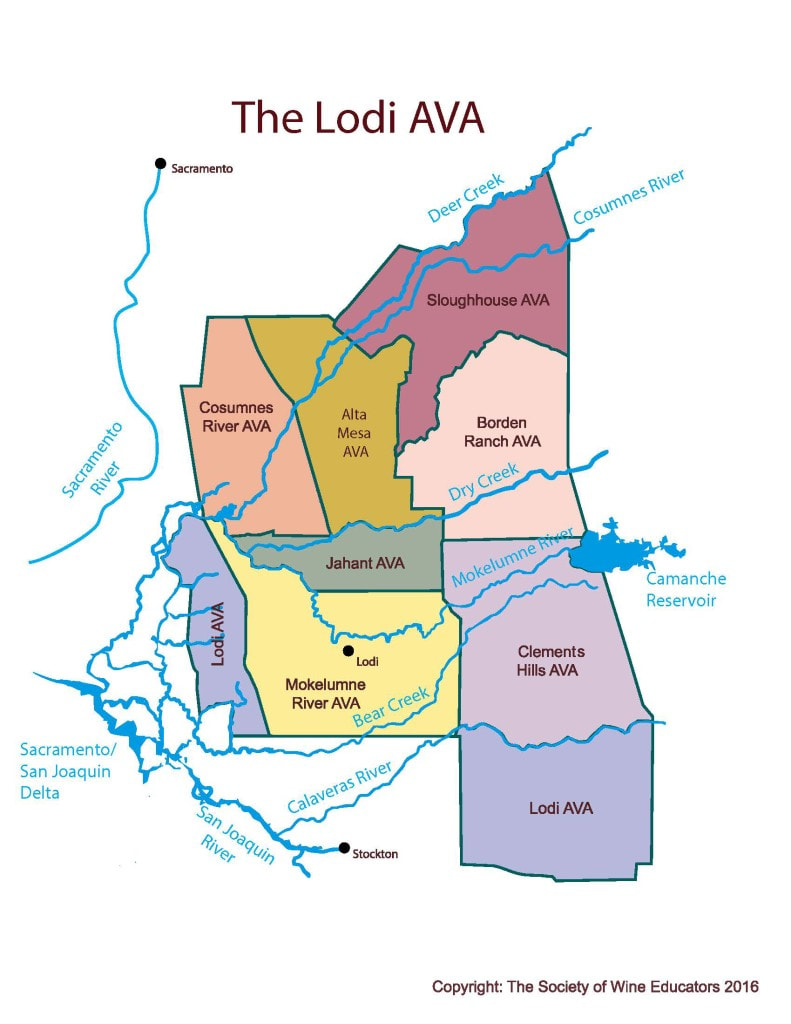
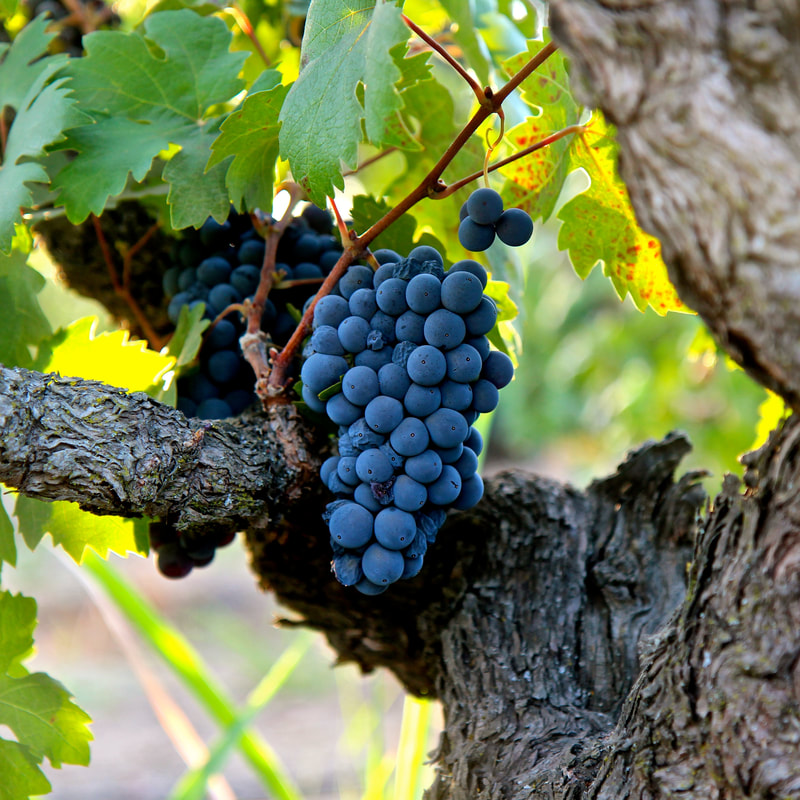
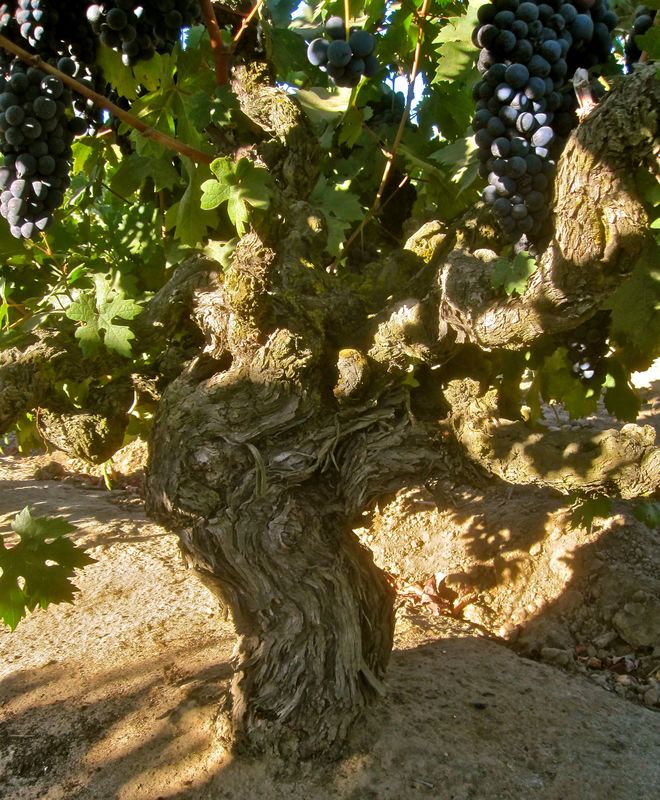
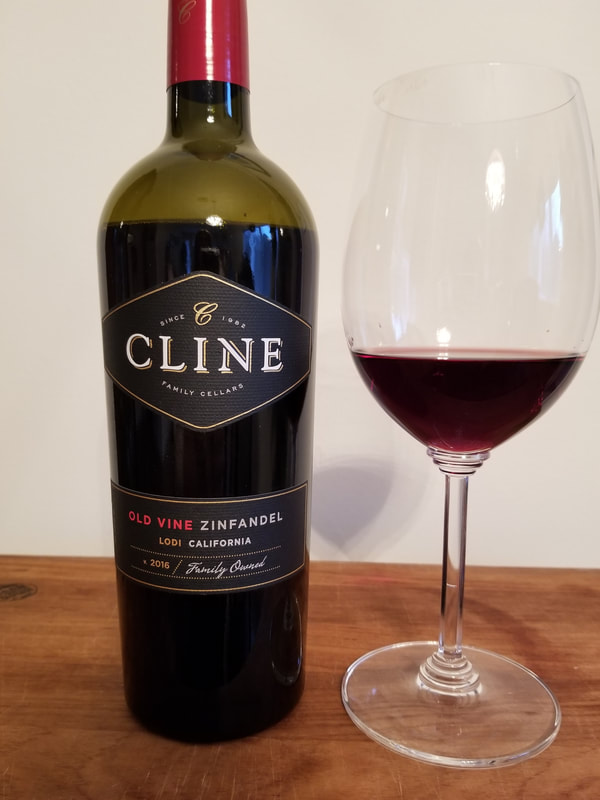
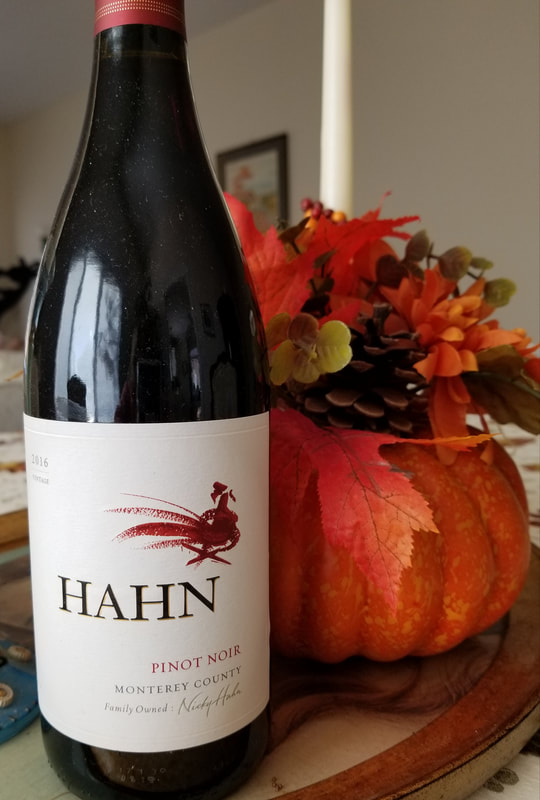
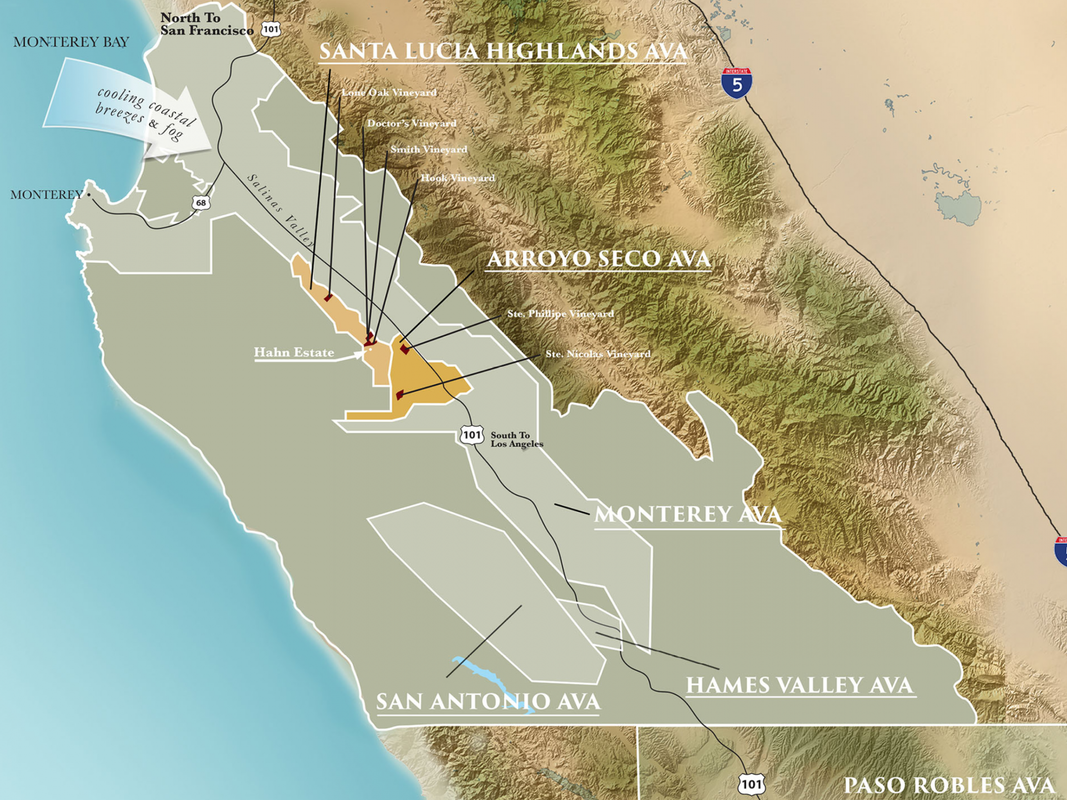
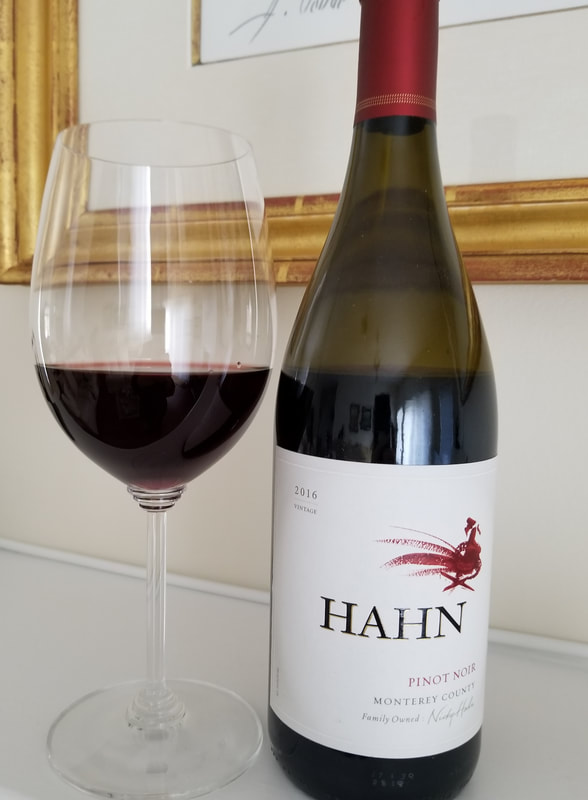
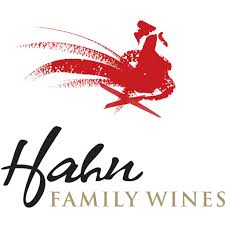
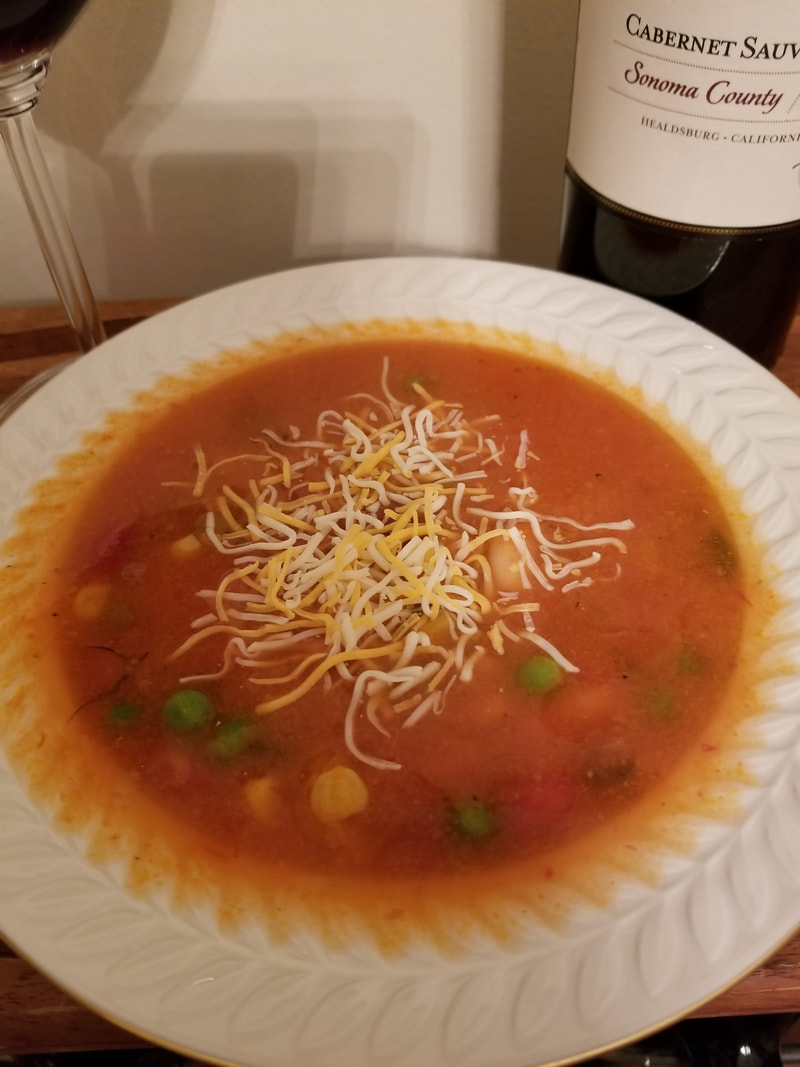
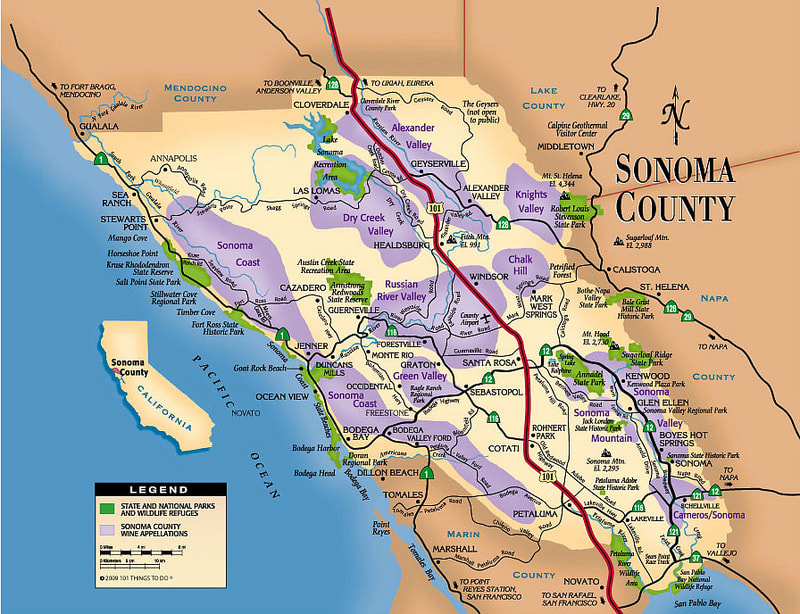
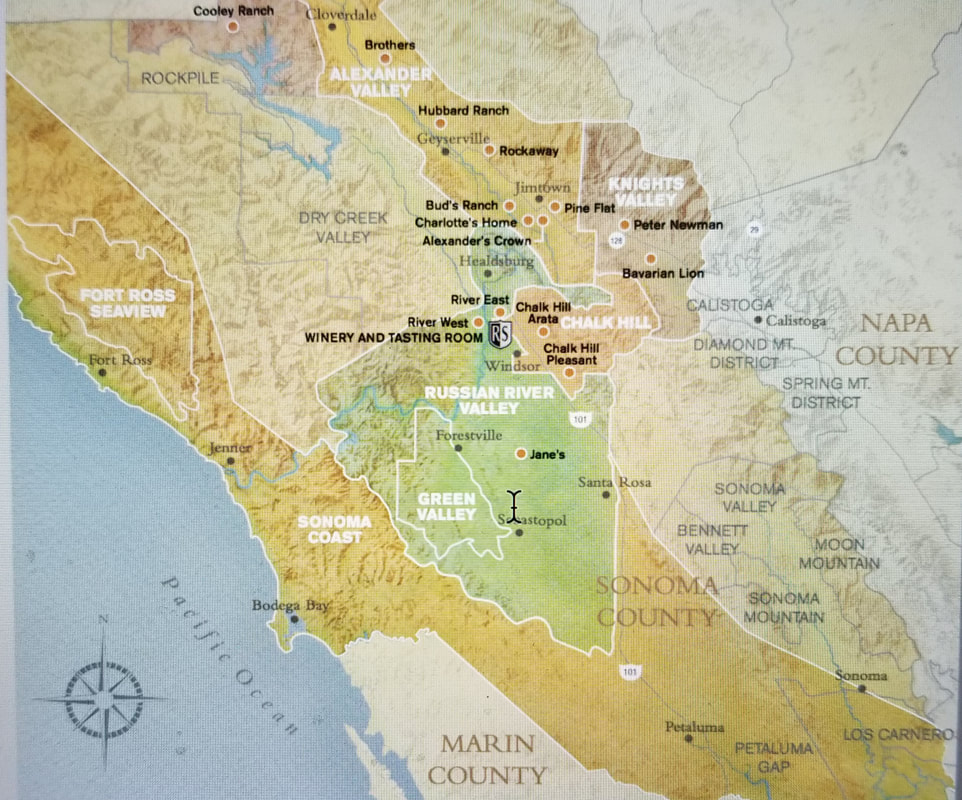

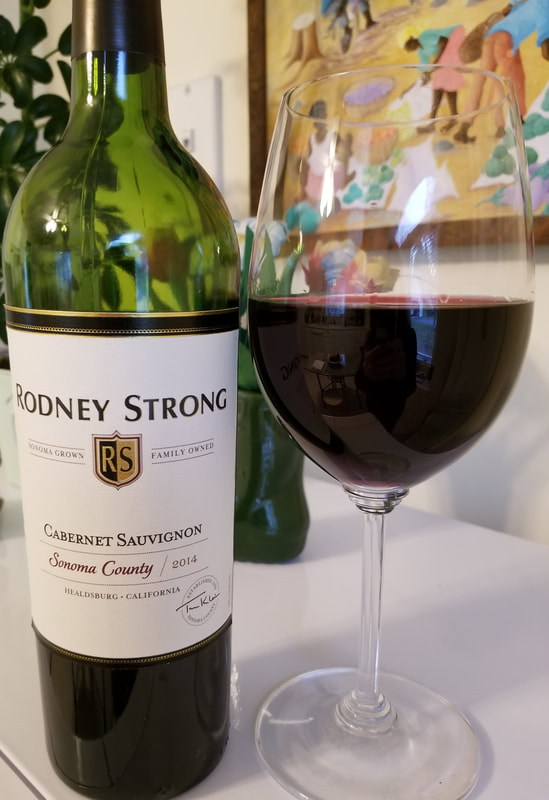
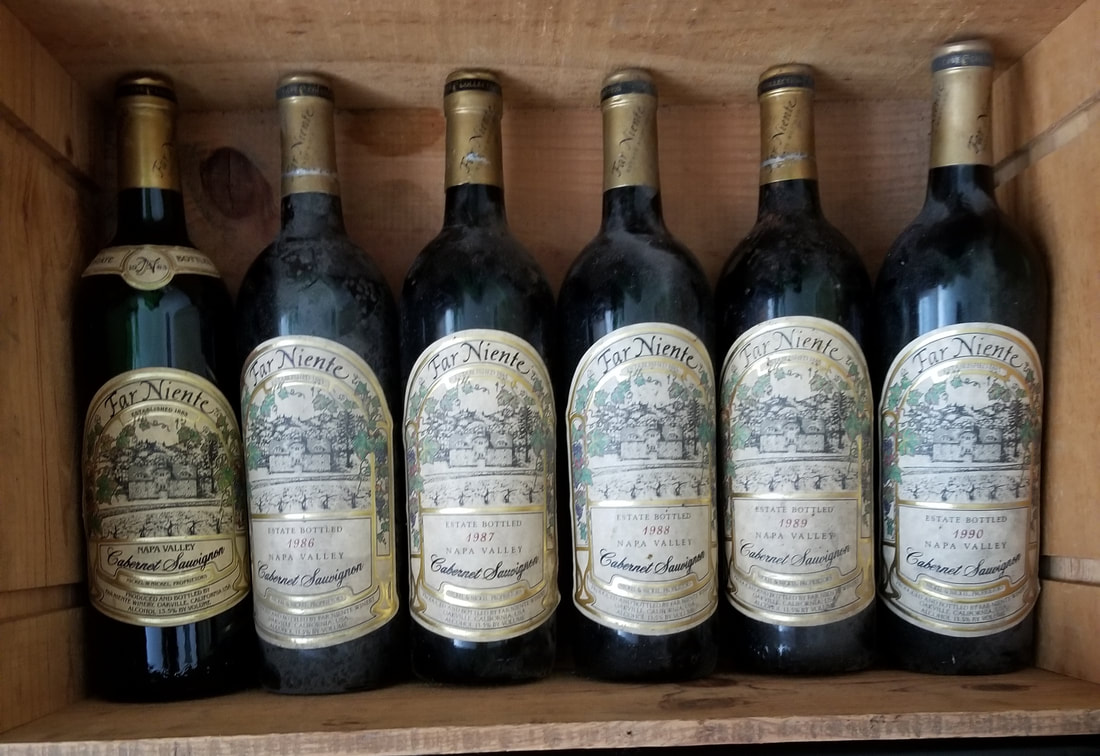
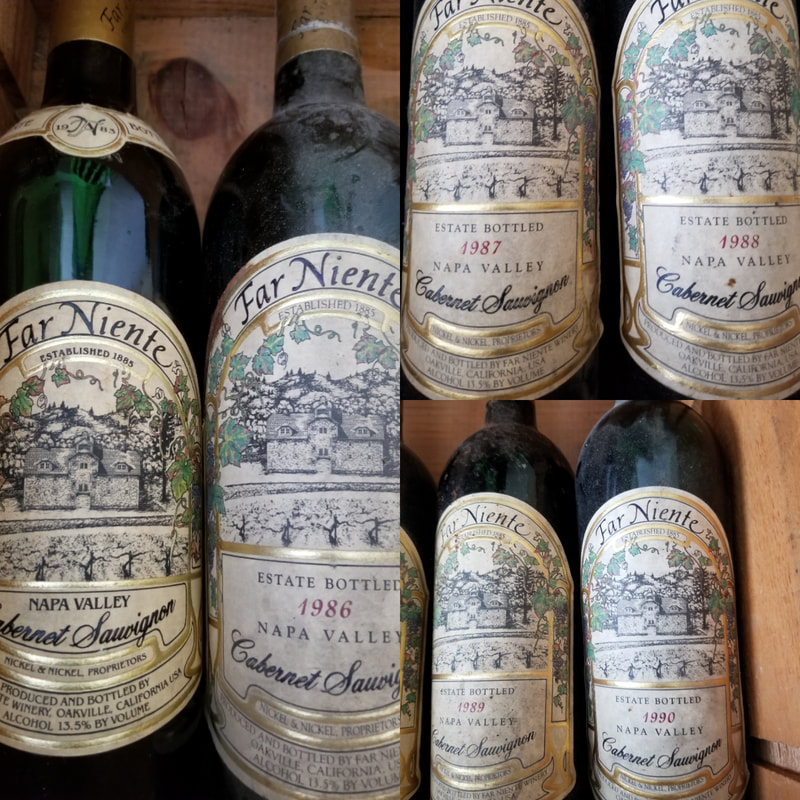
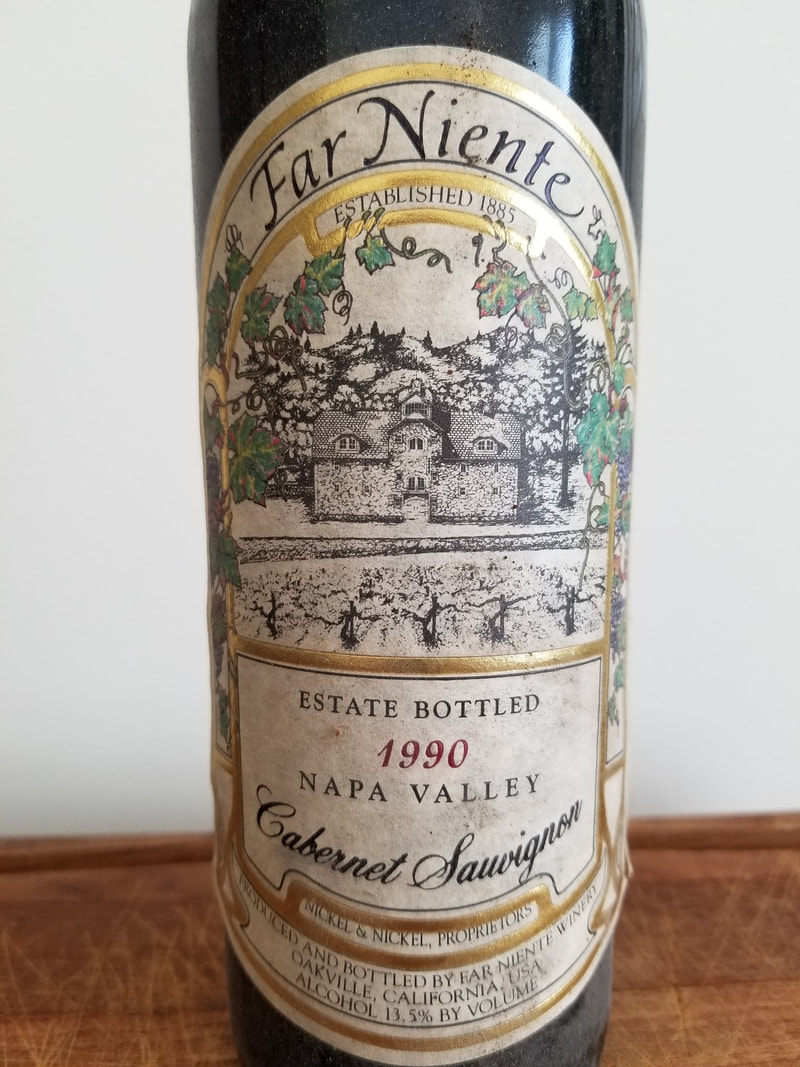
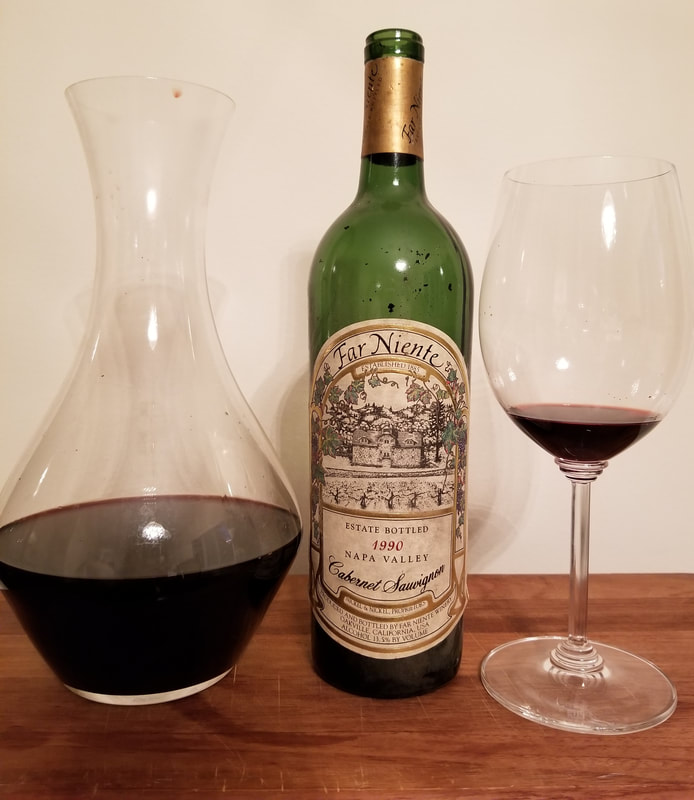
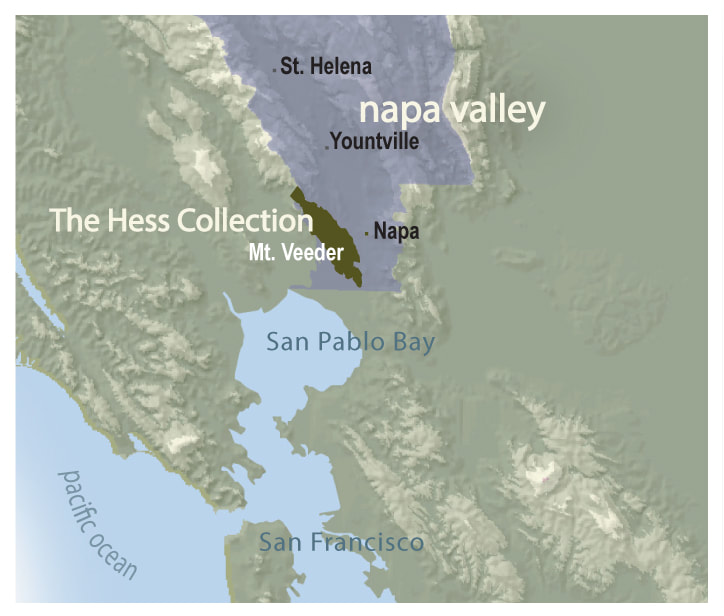
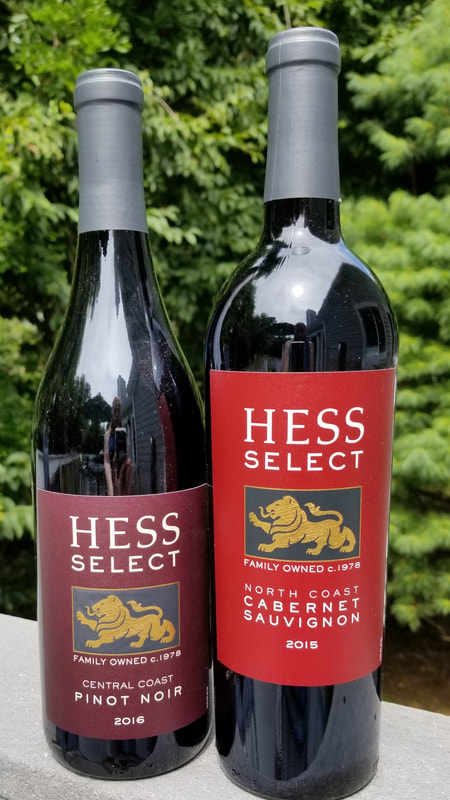
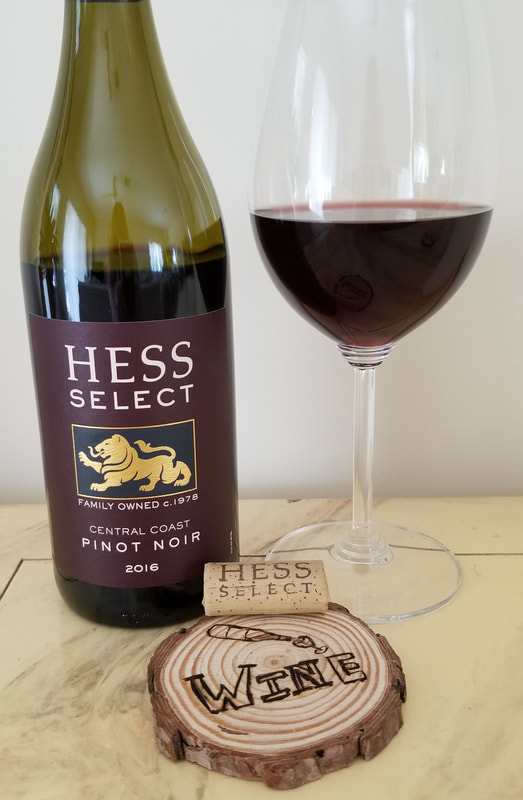
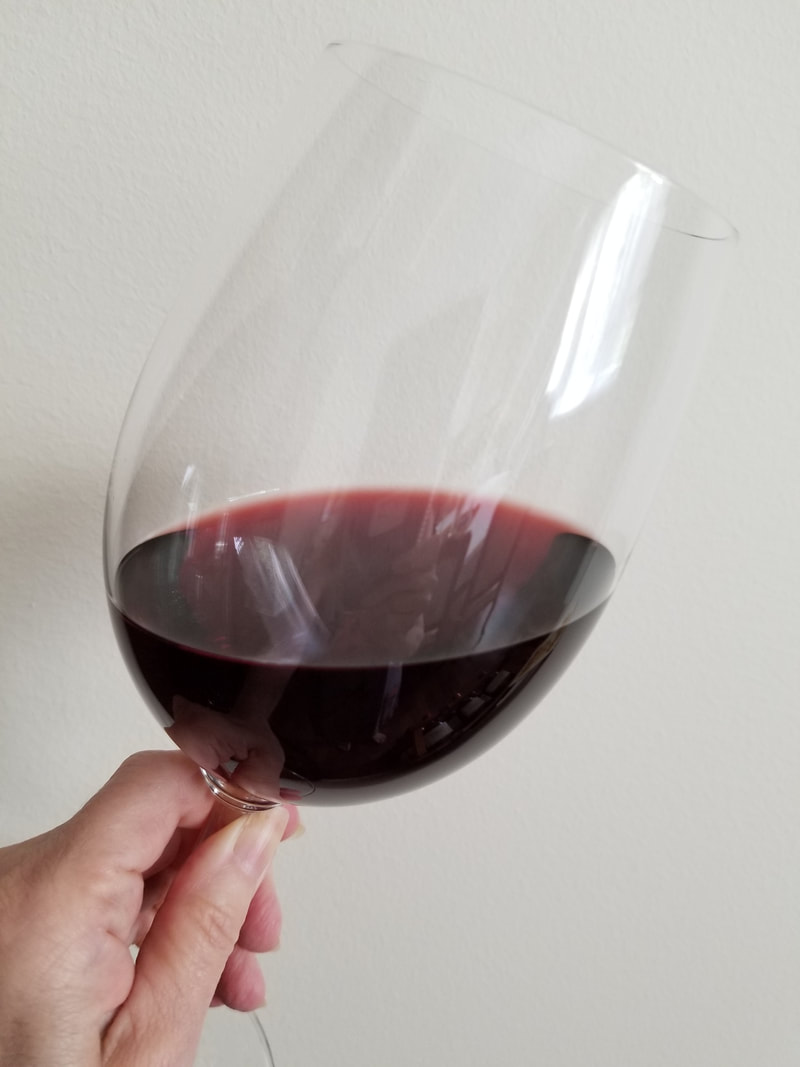
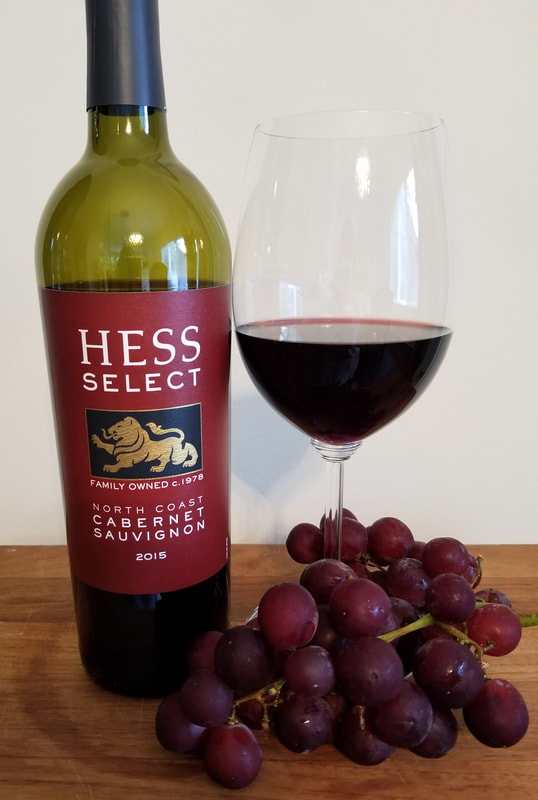
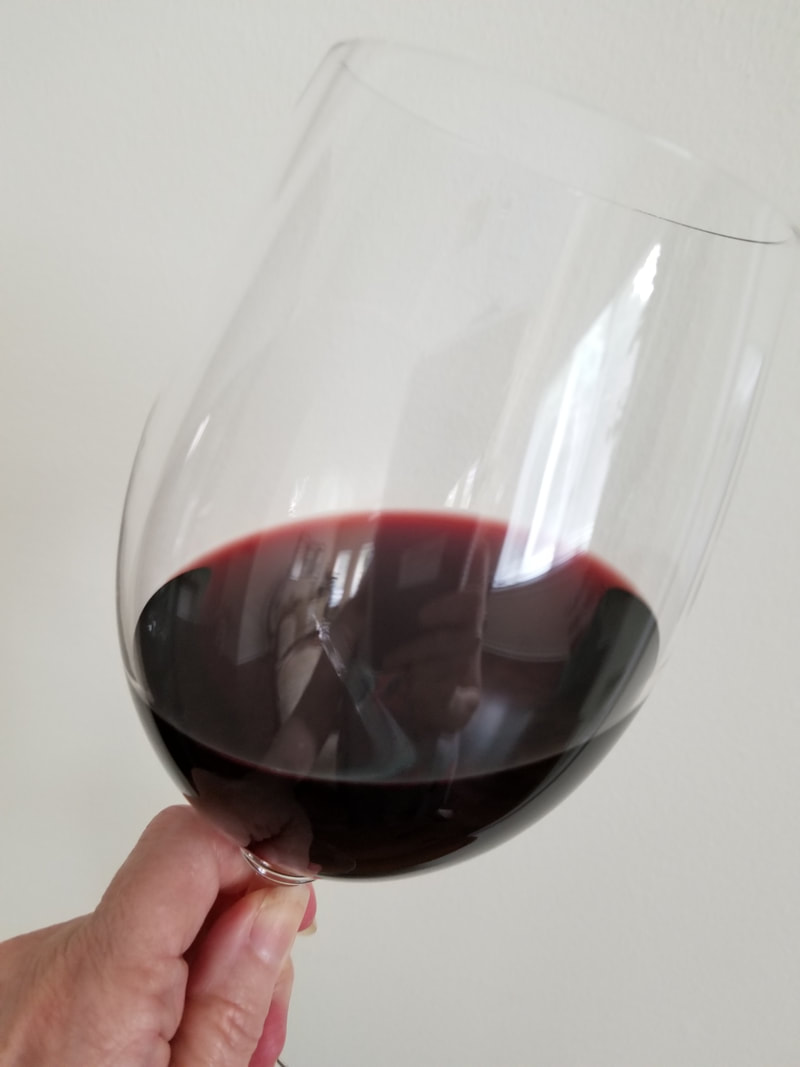
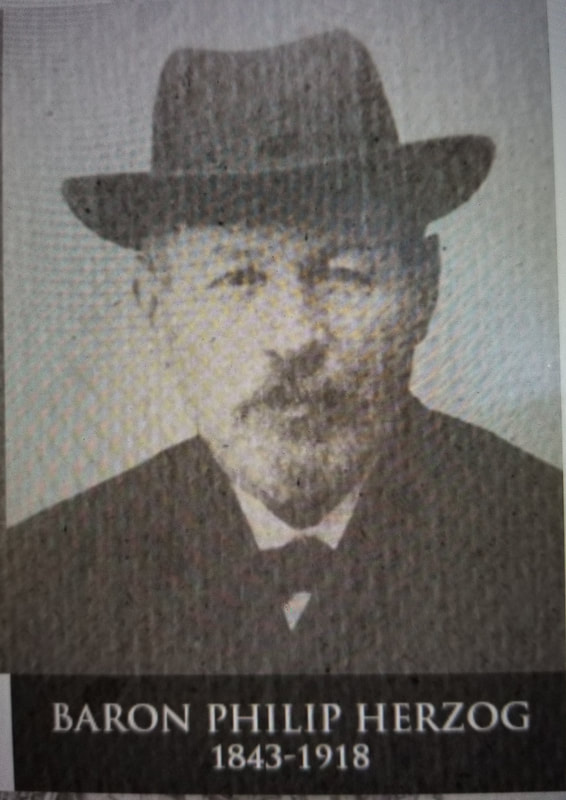

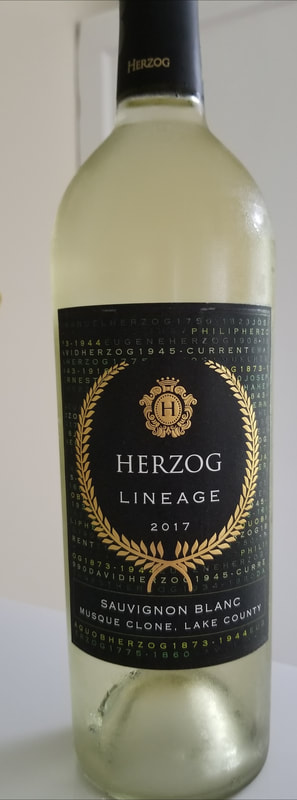
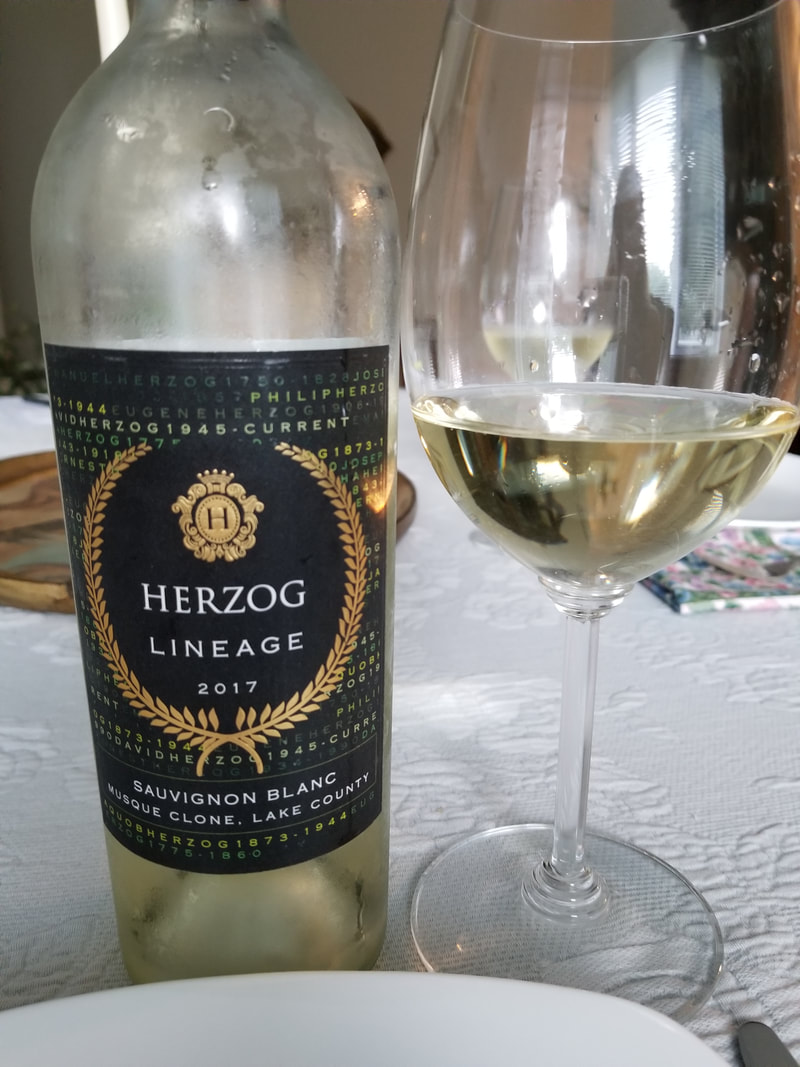
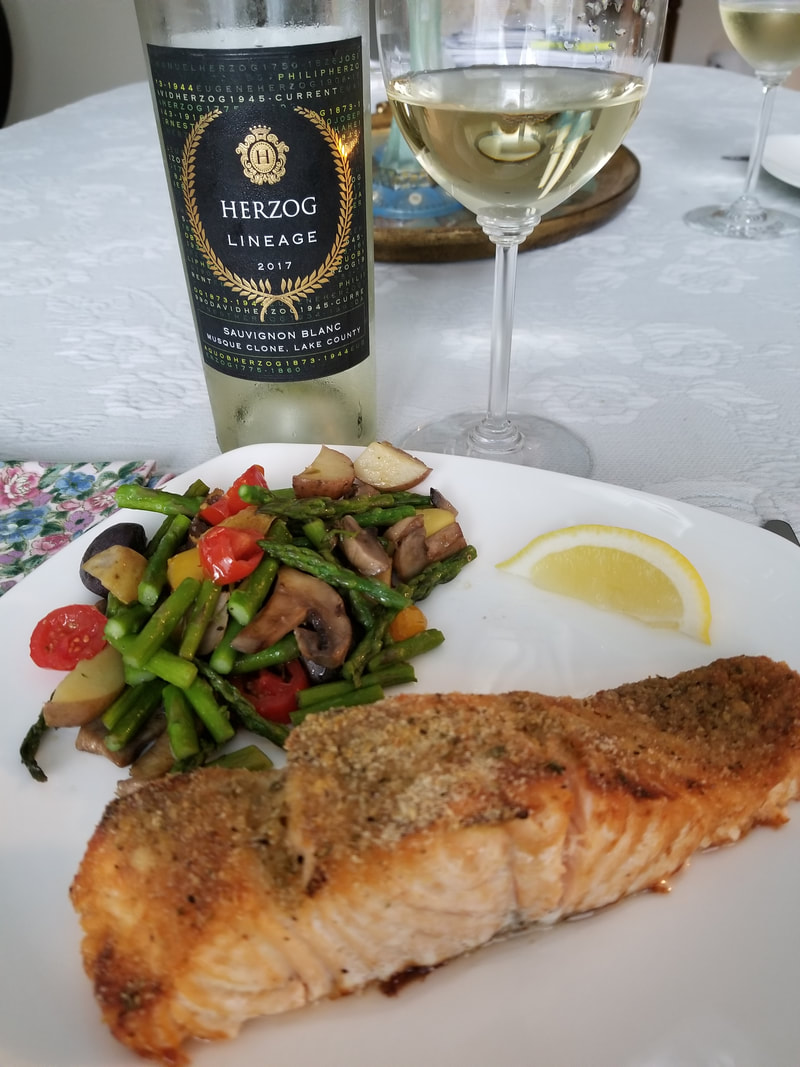
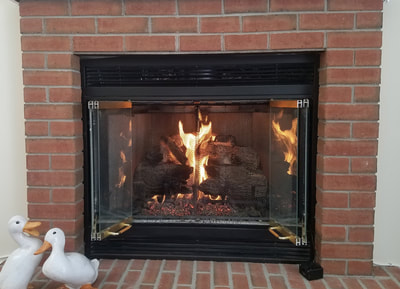
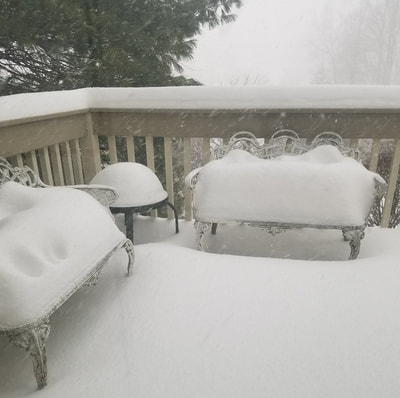

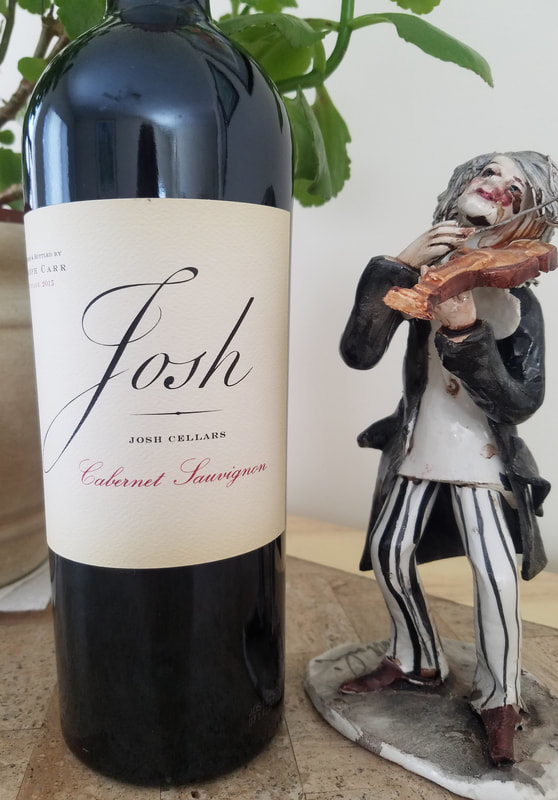
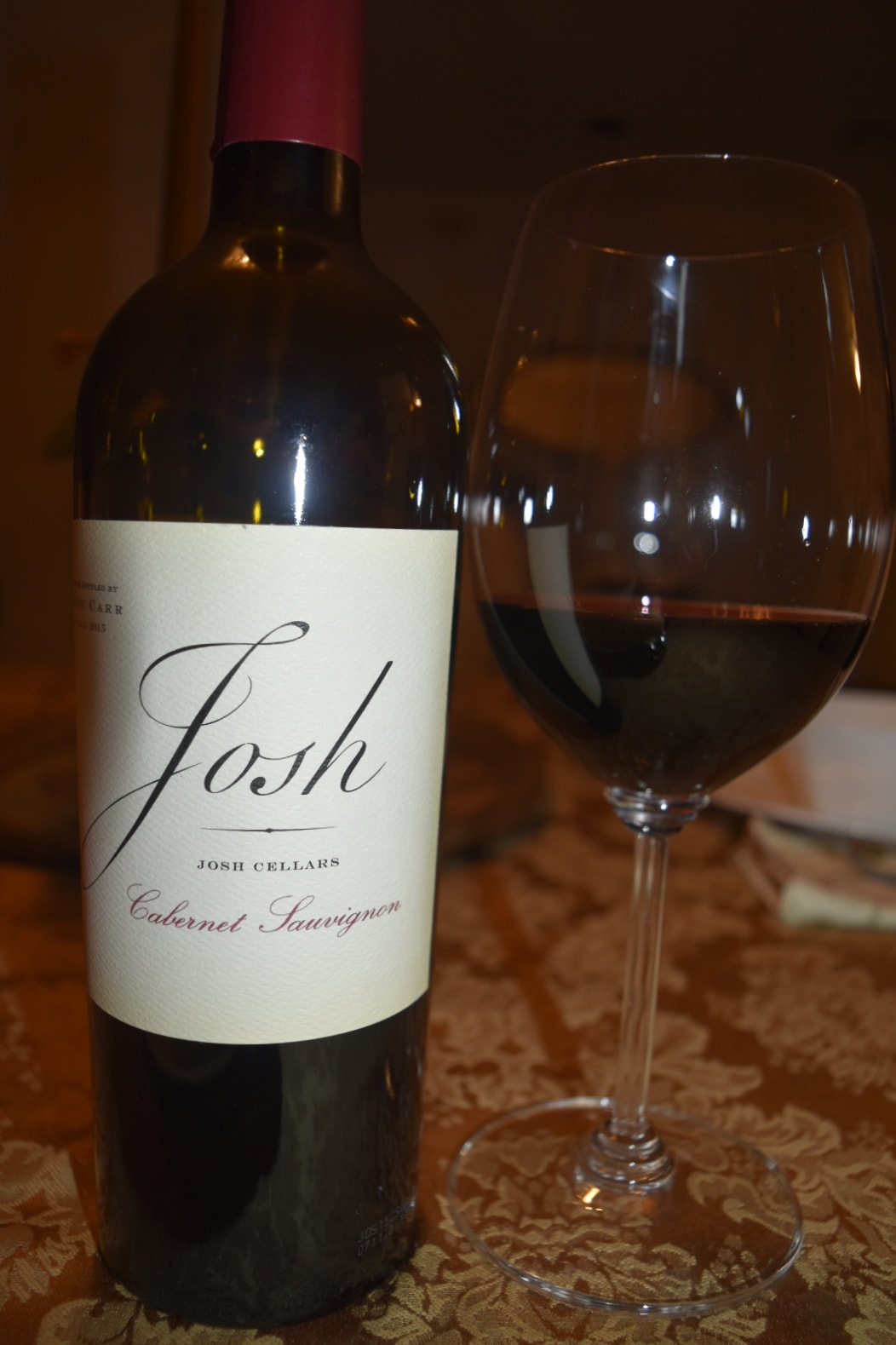
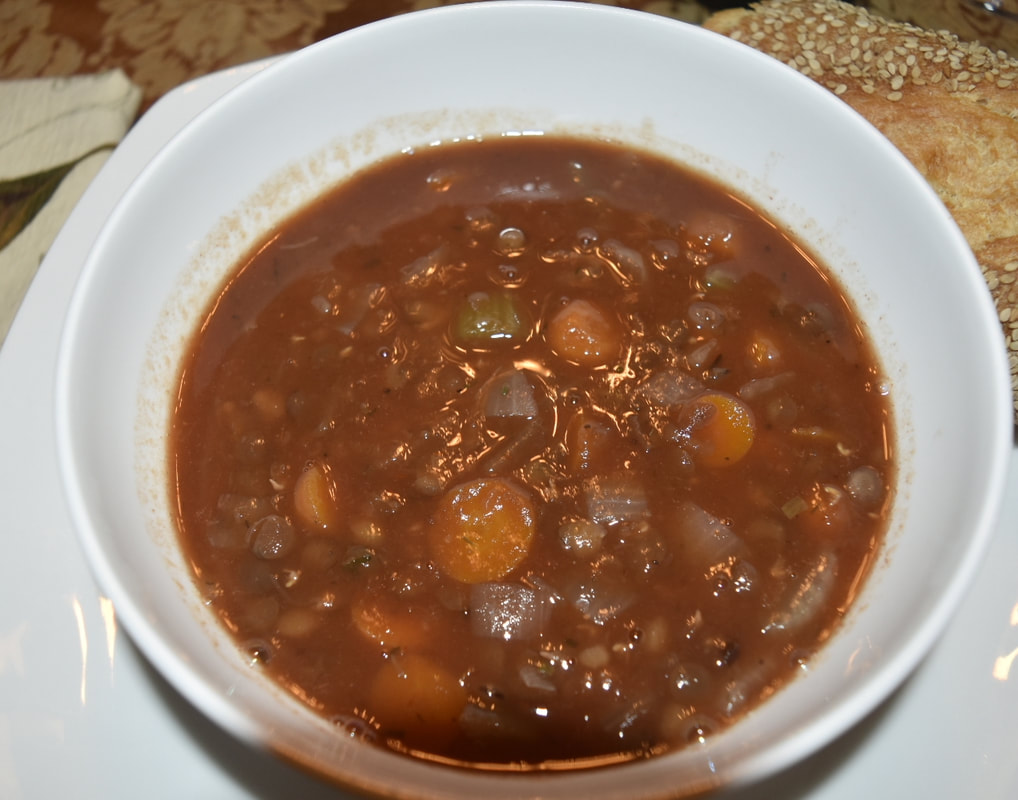
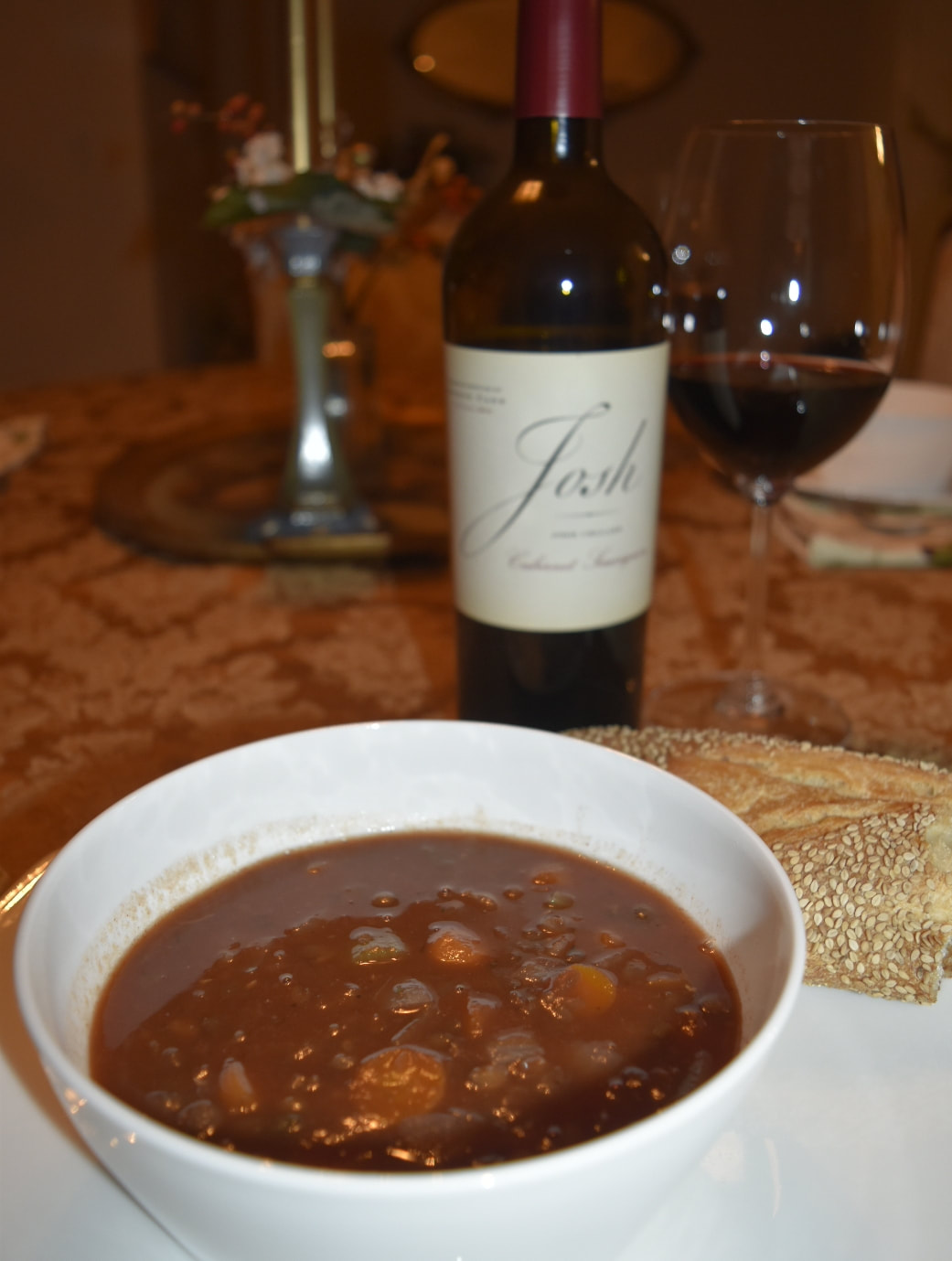
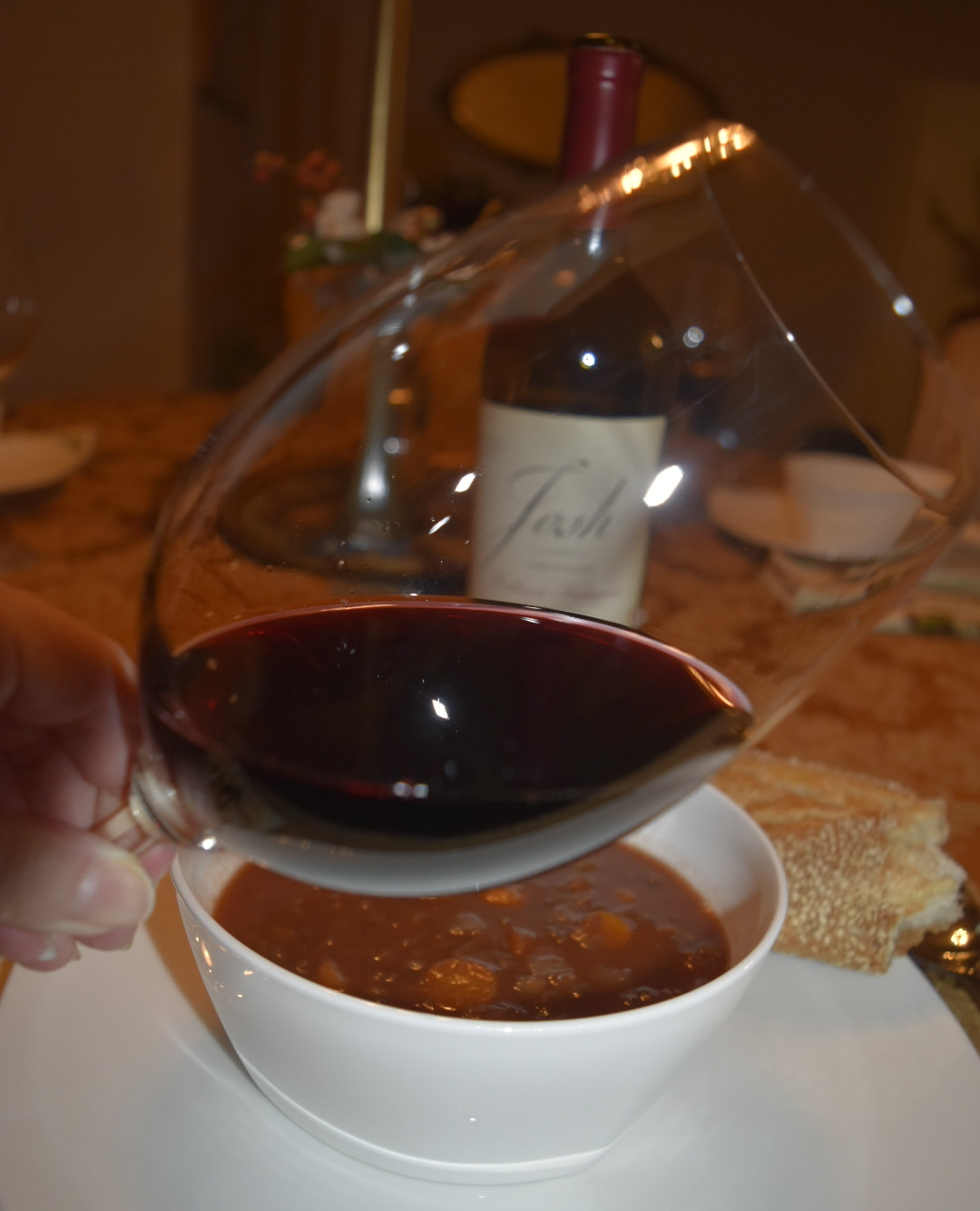
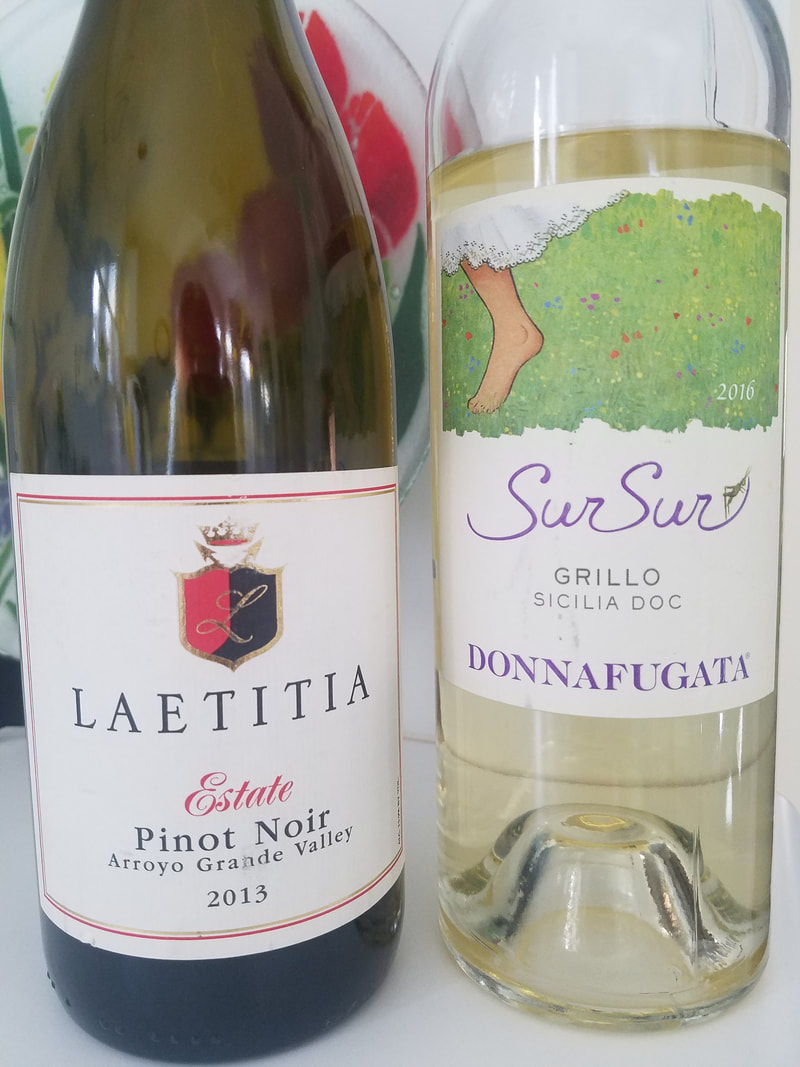
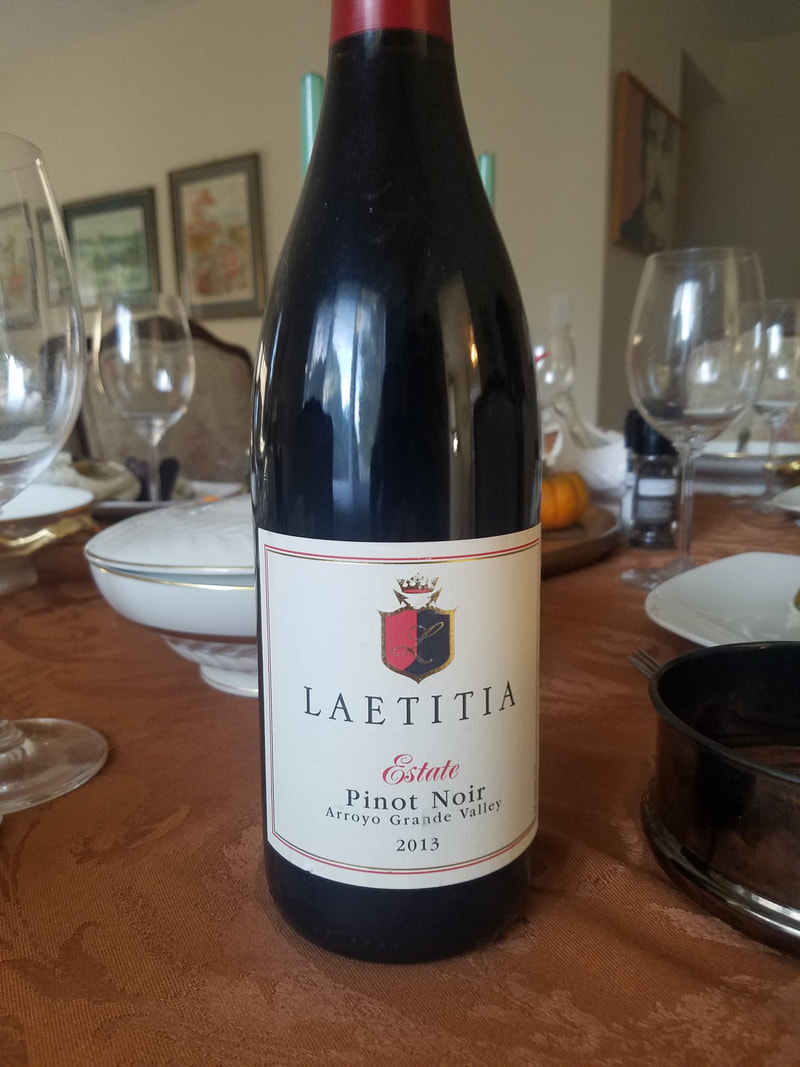
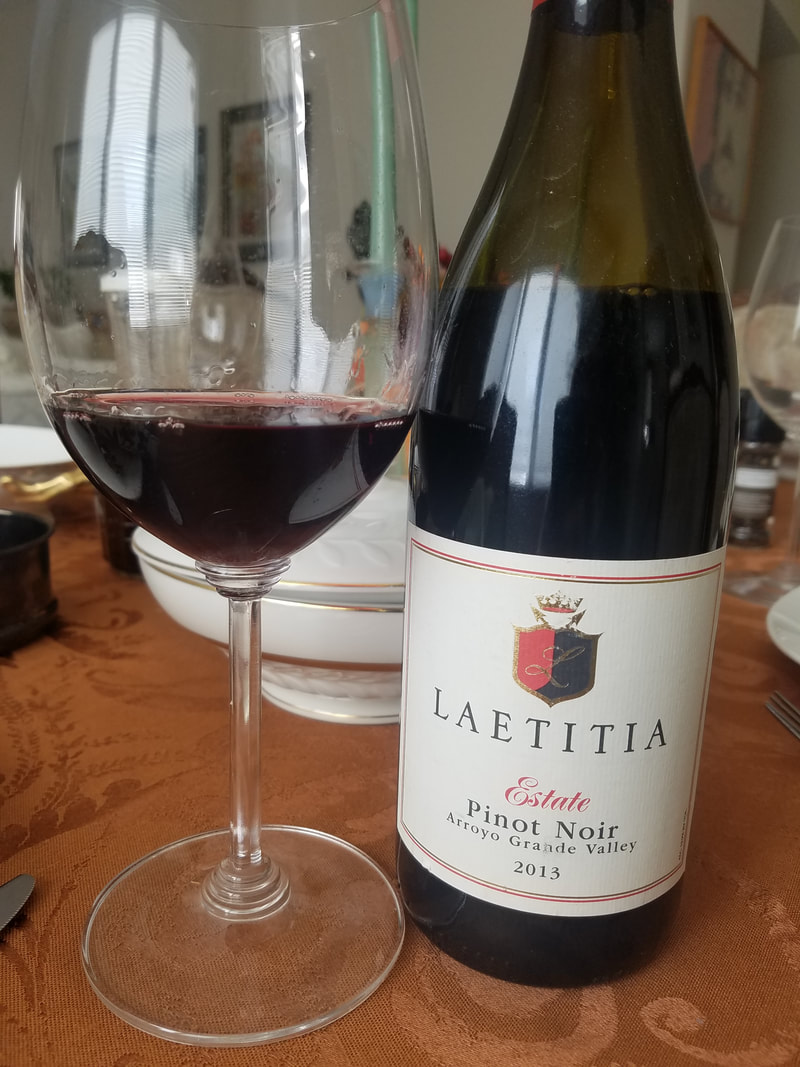
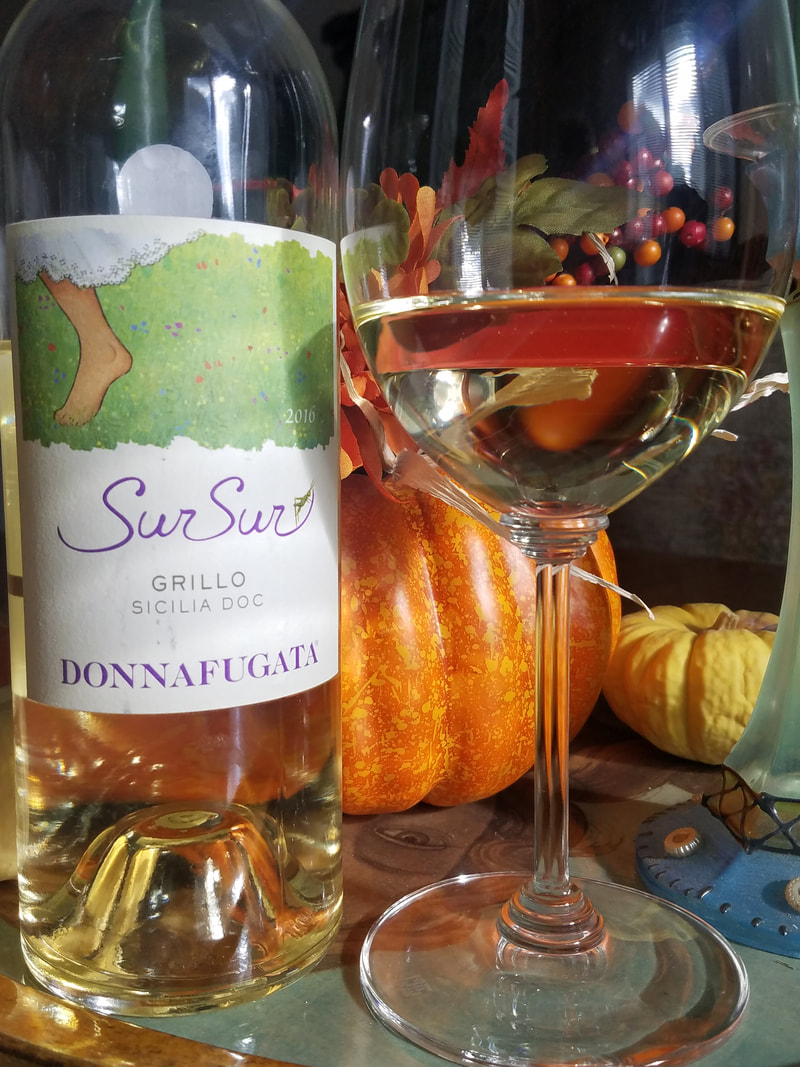
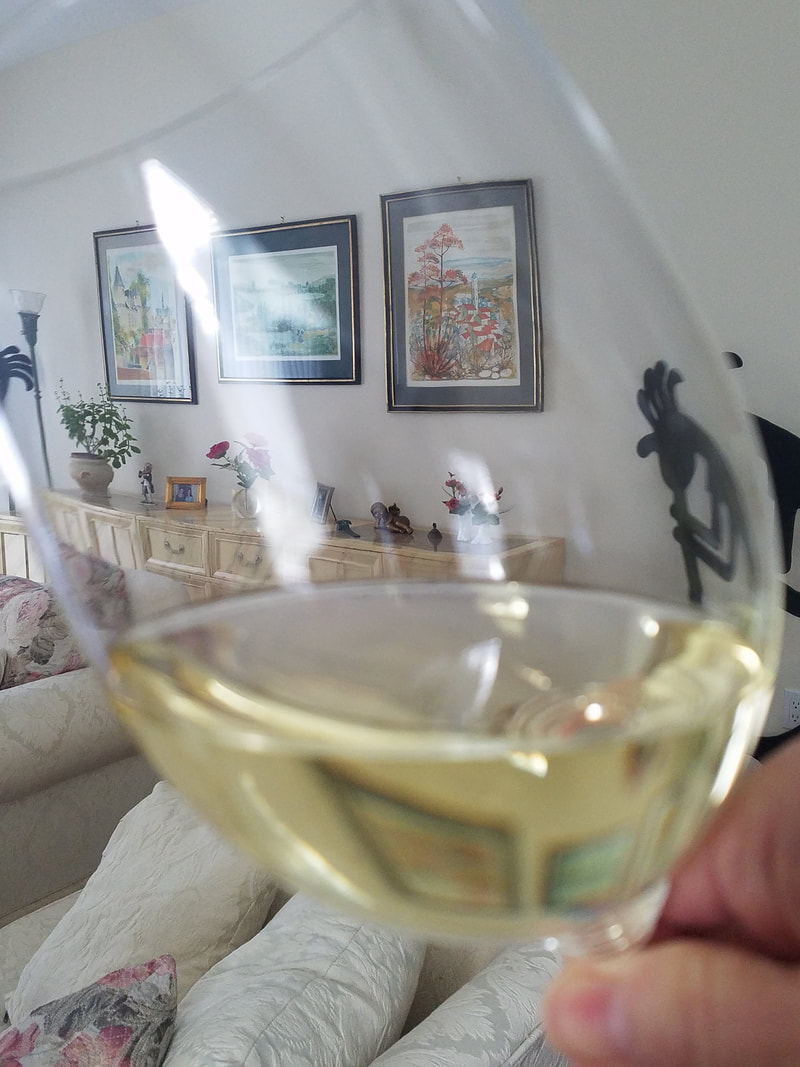
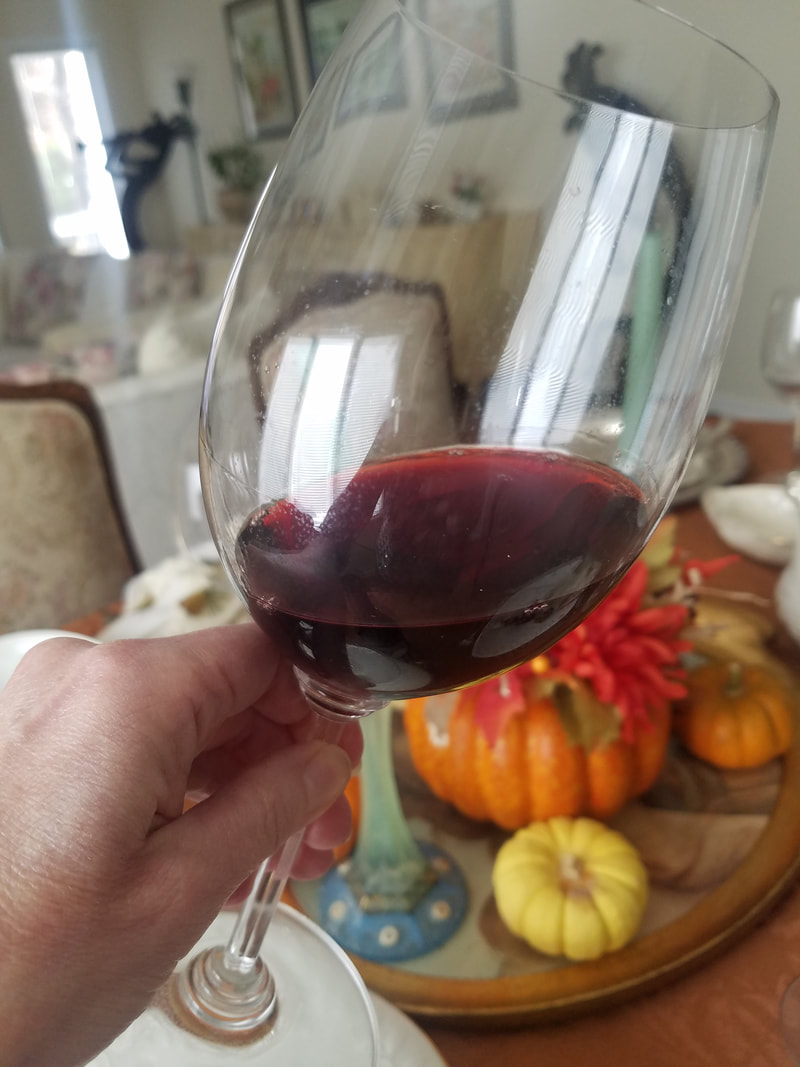
 RSS Feed
RSS Feed